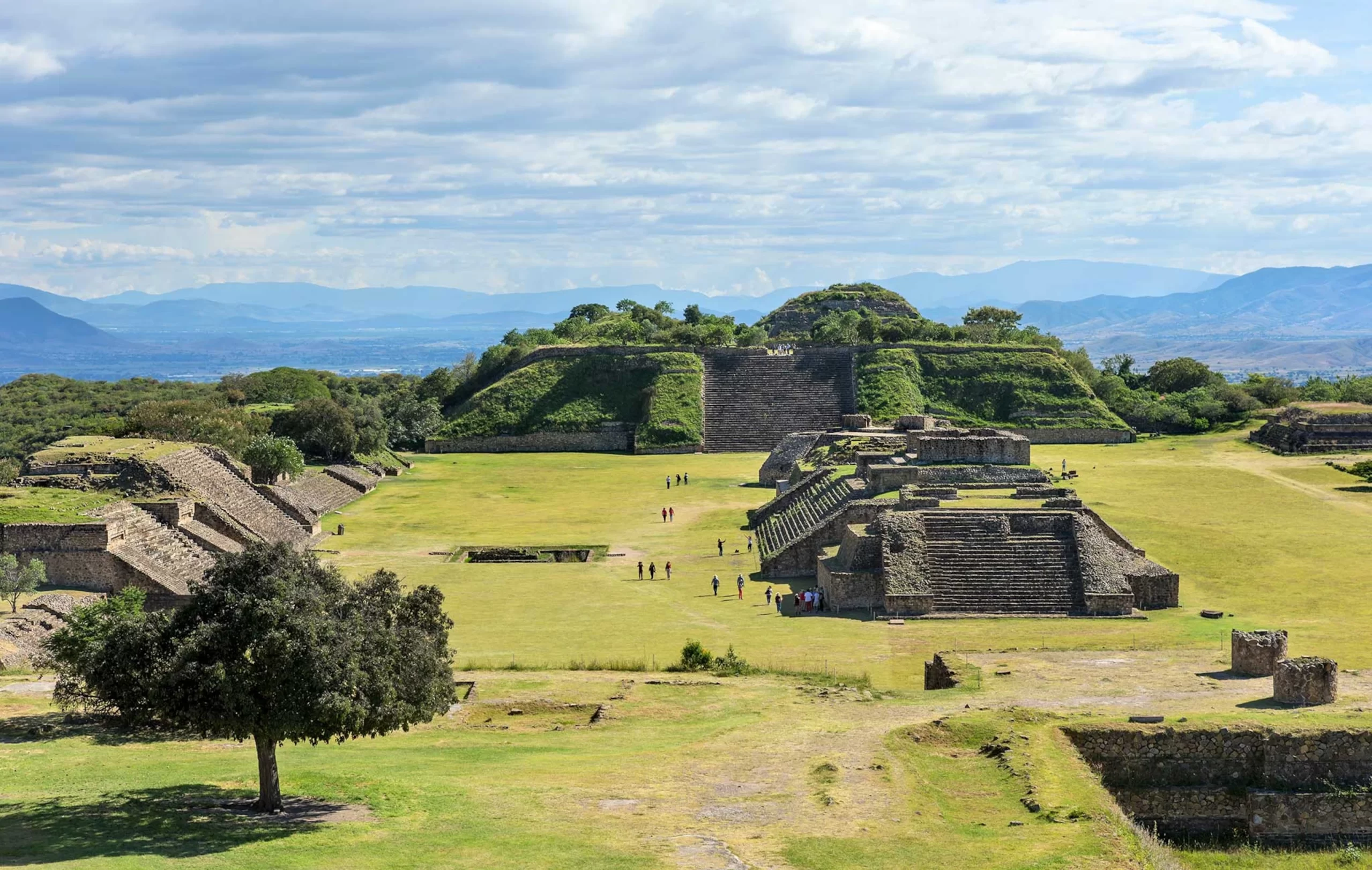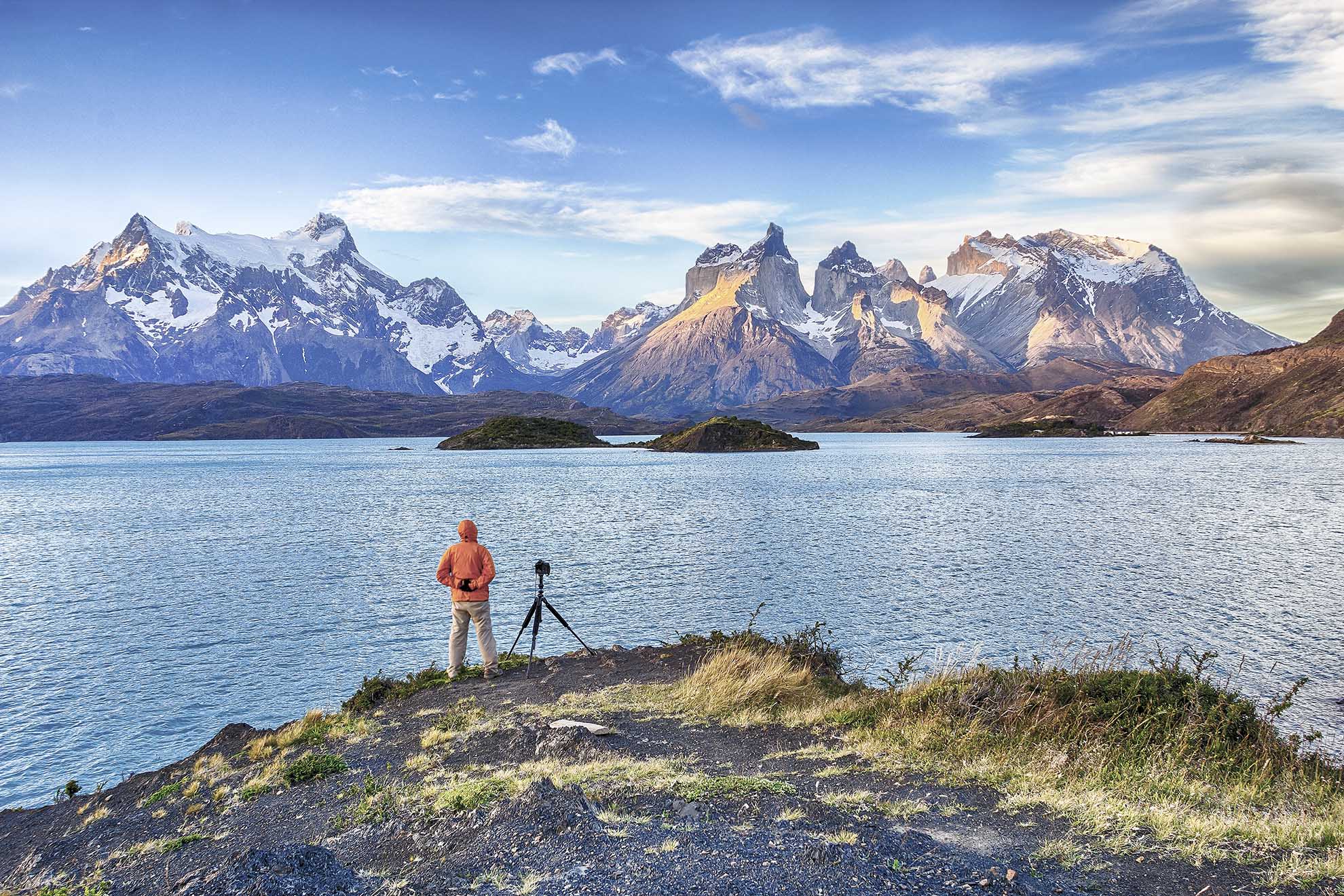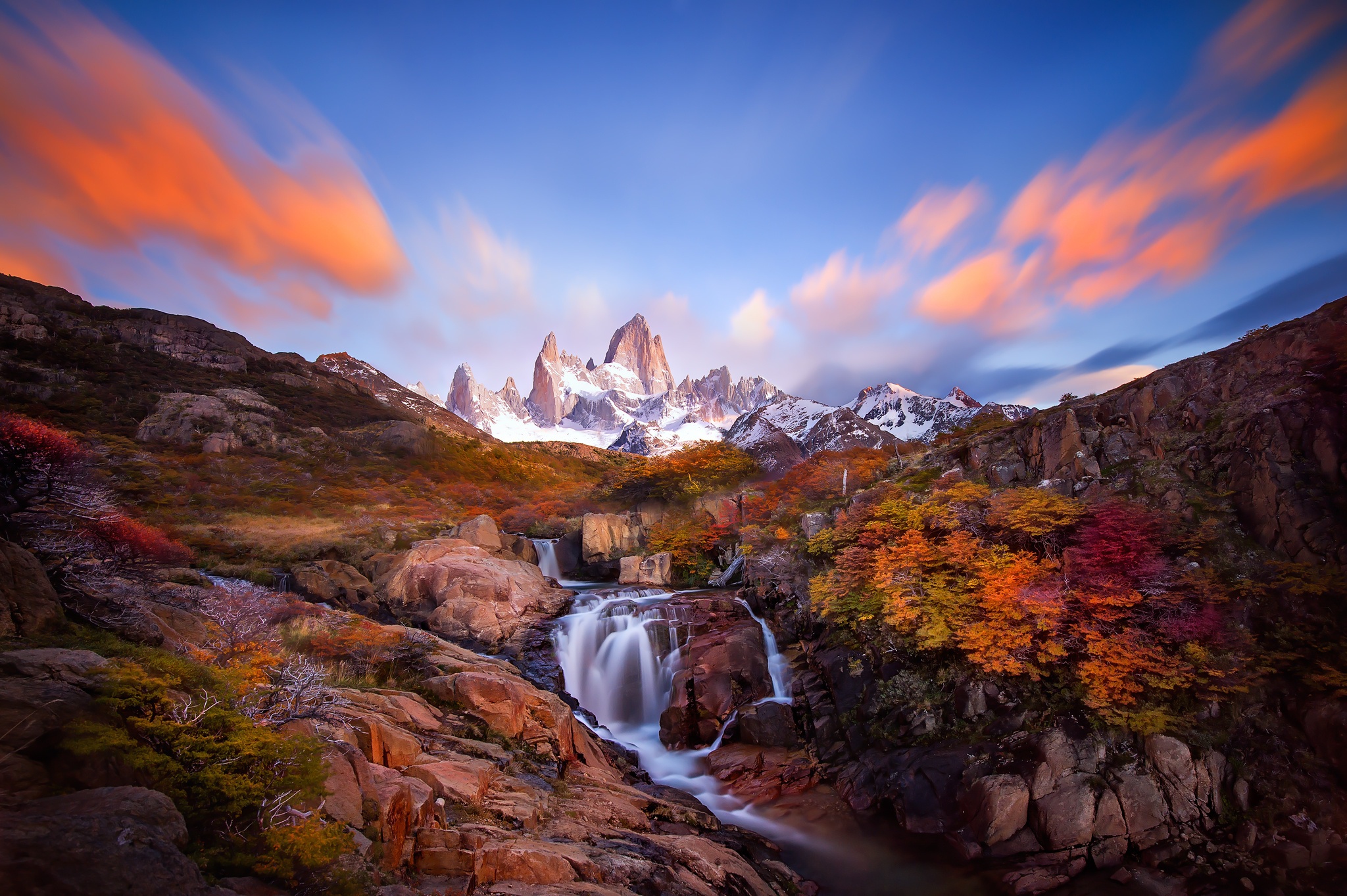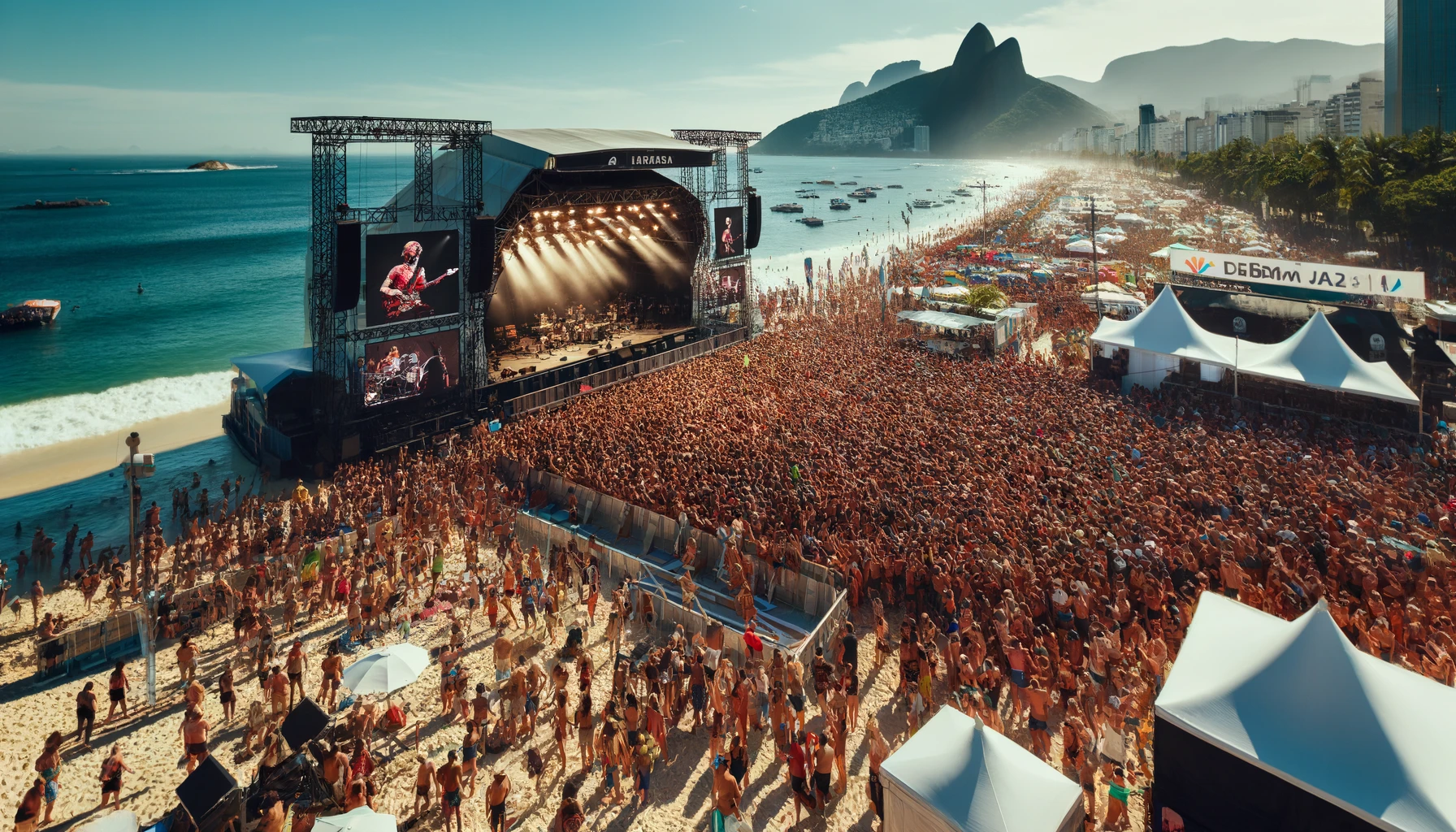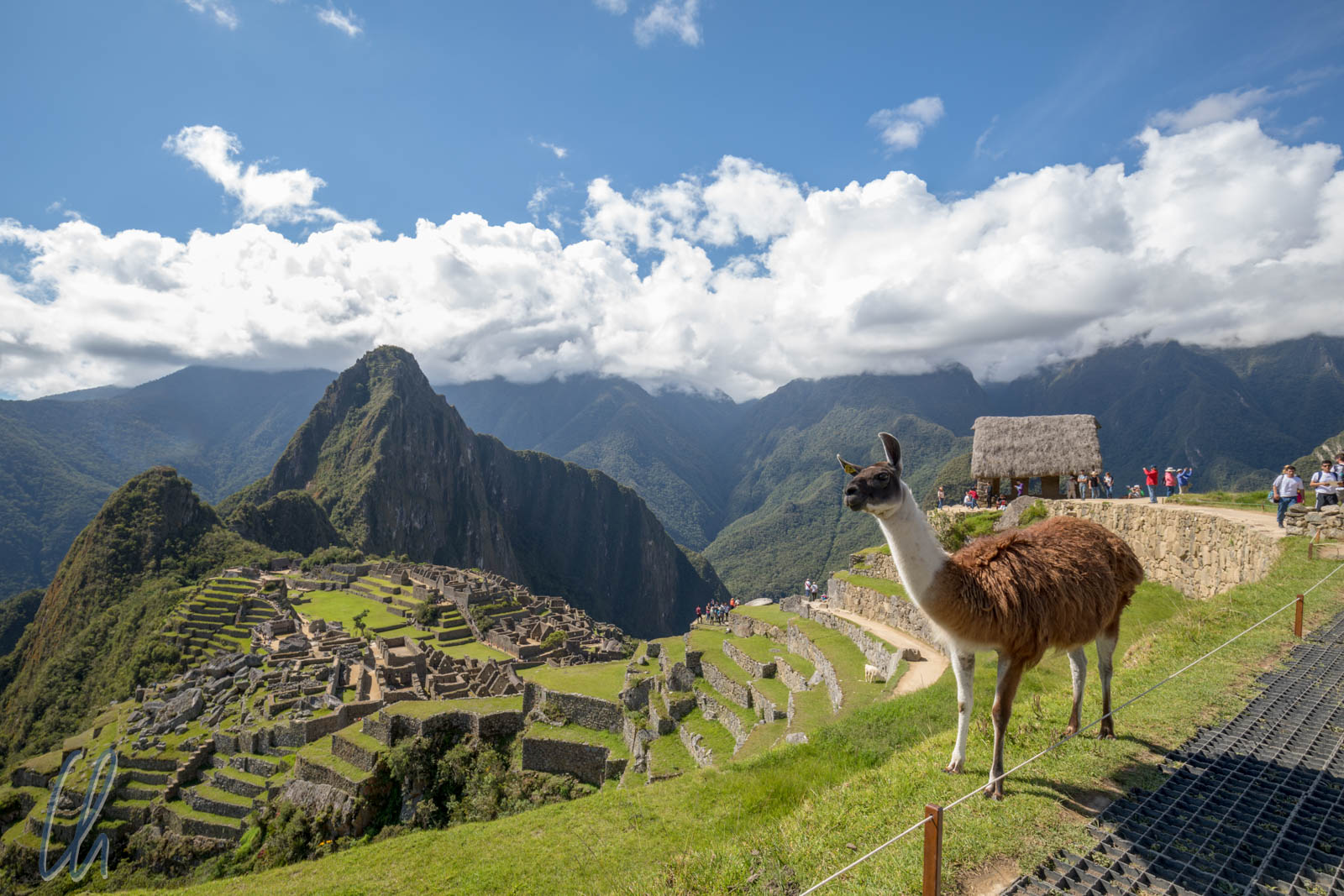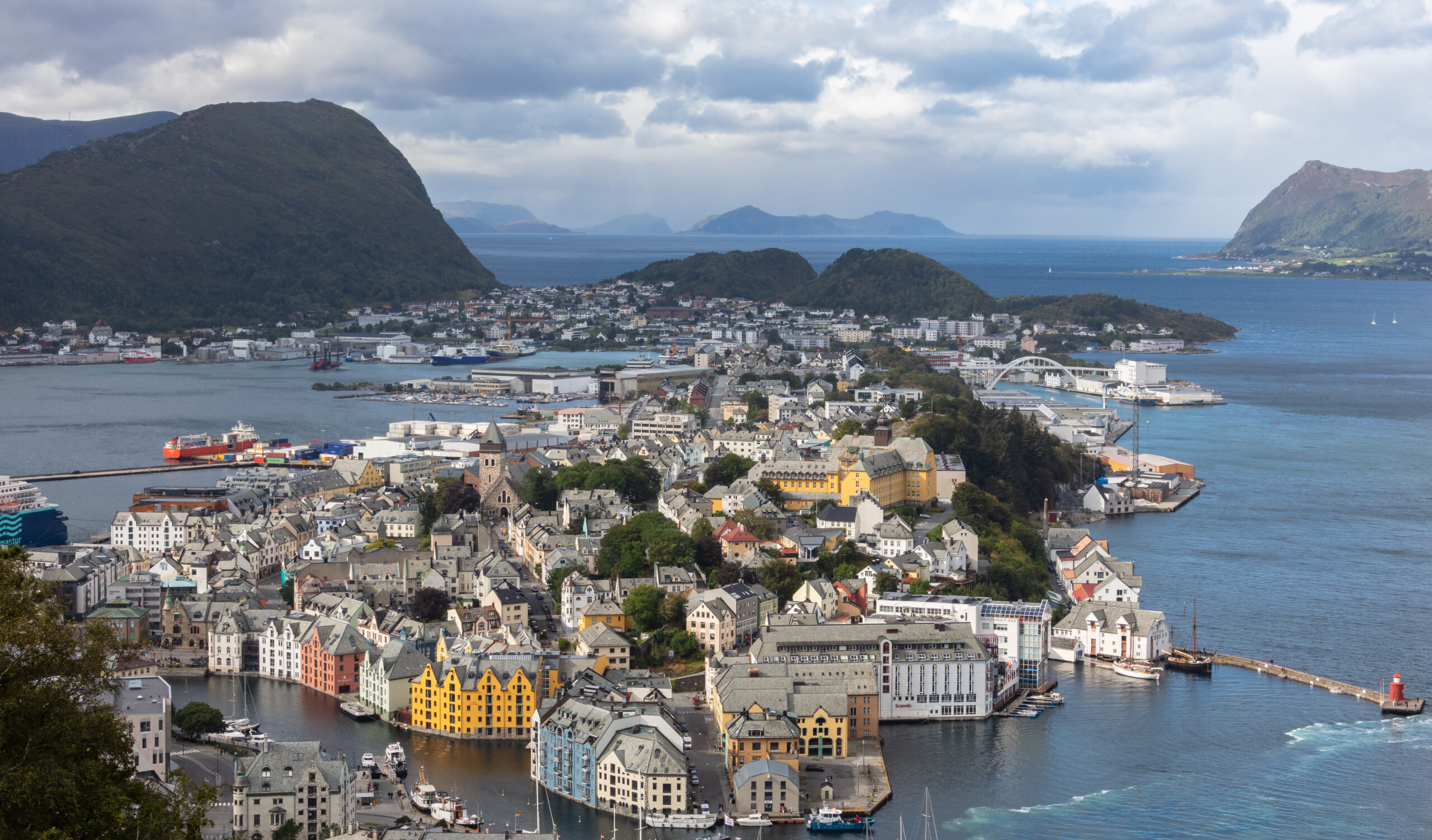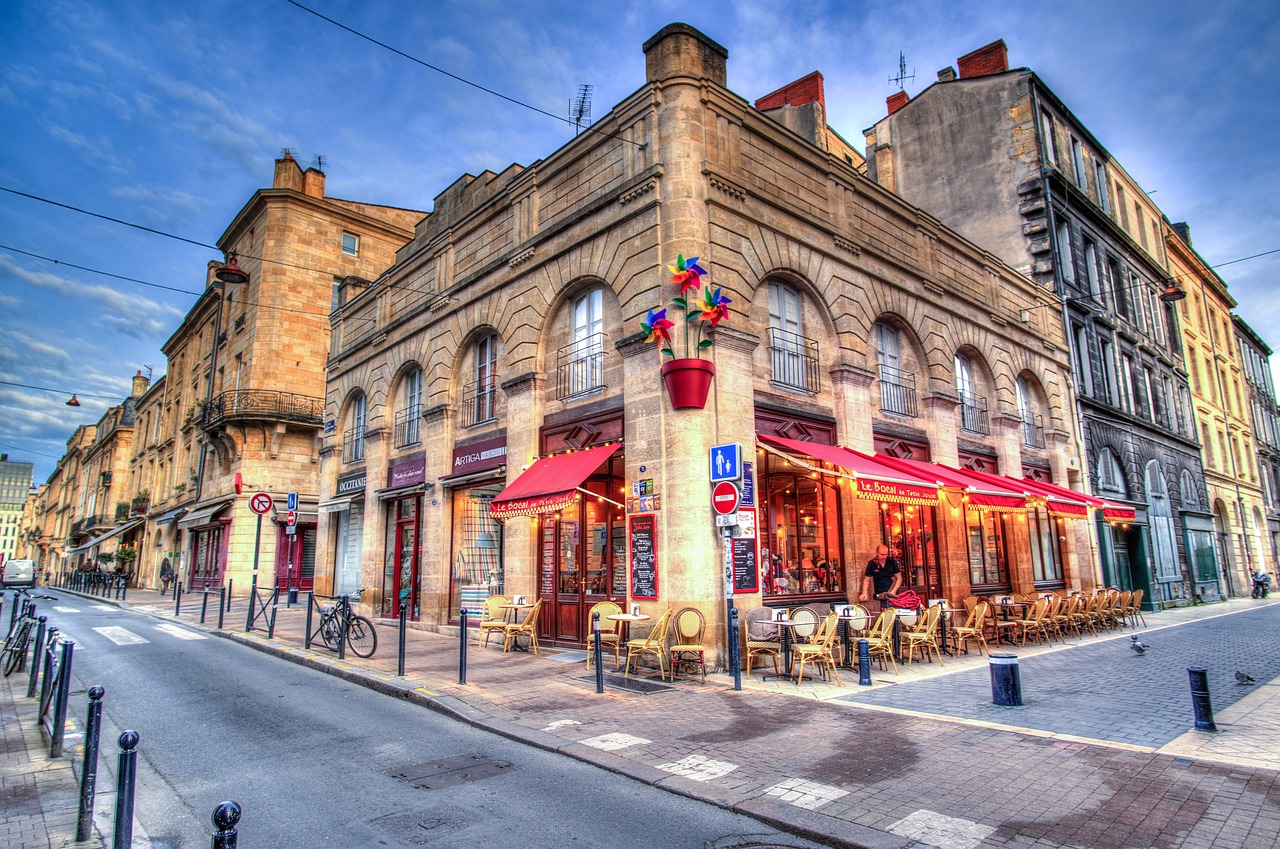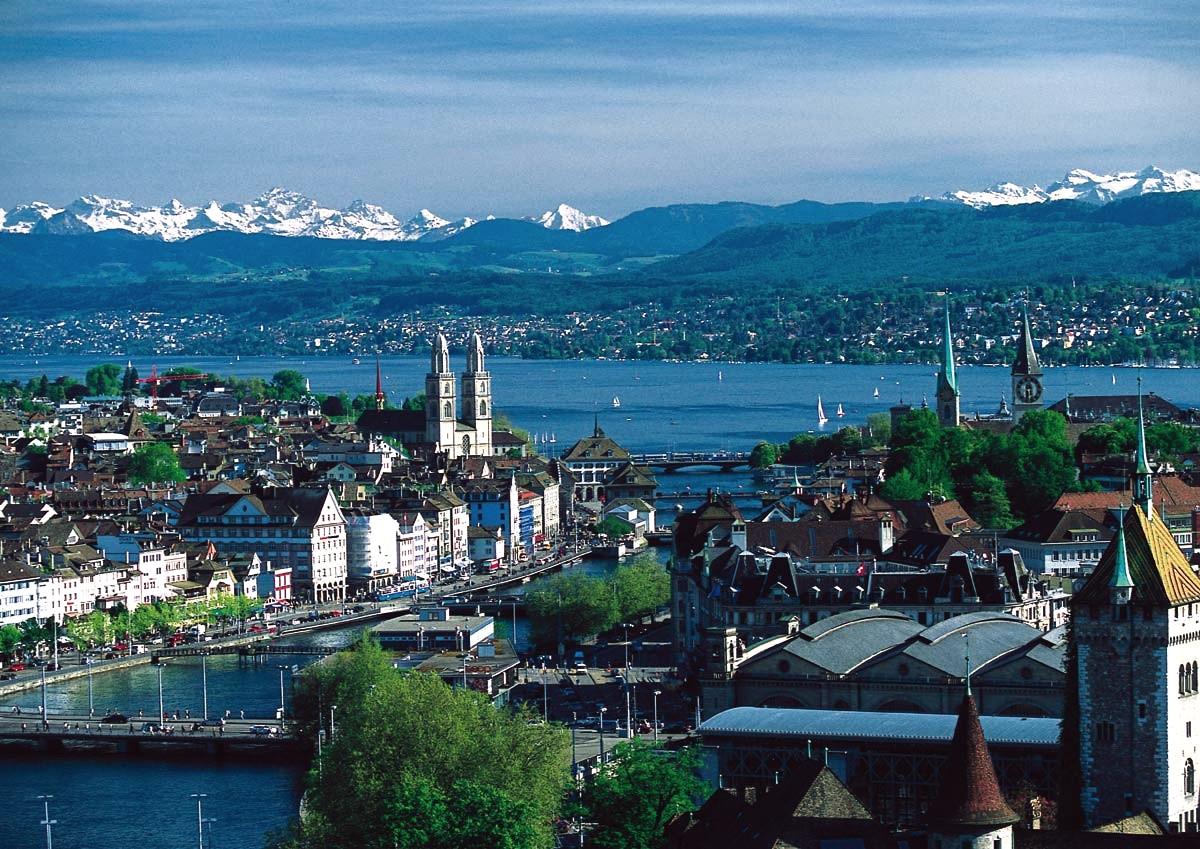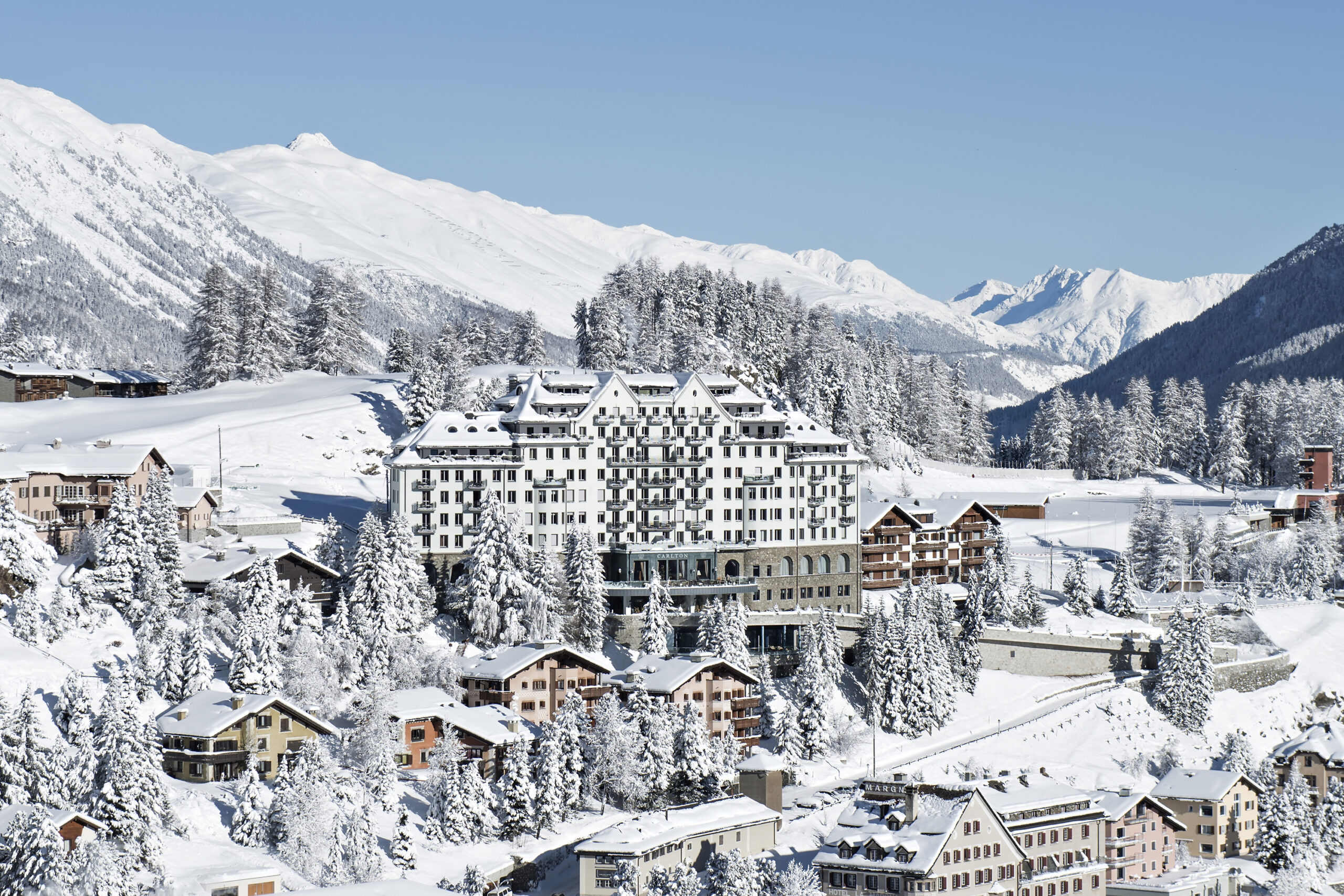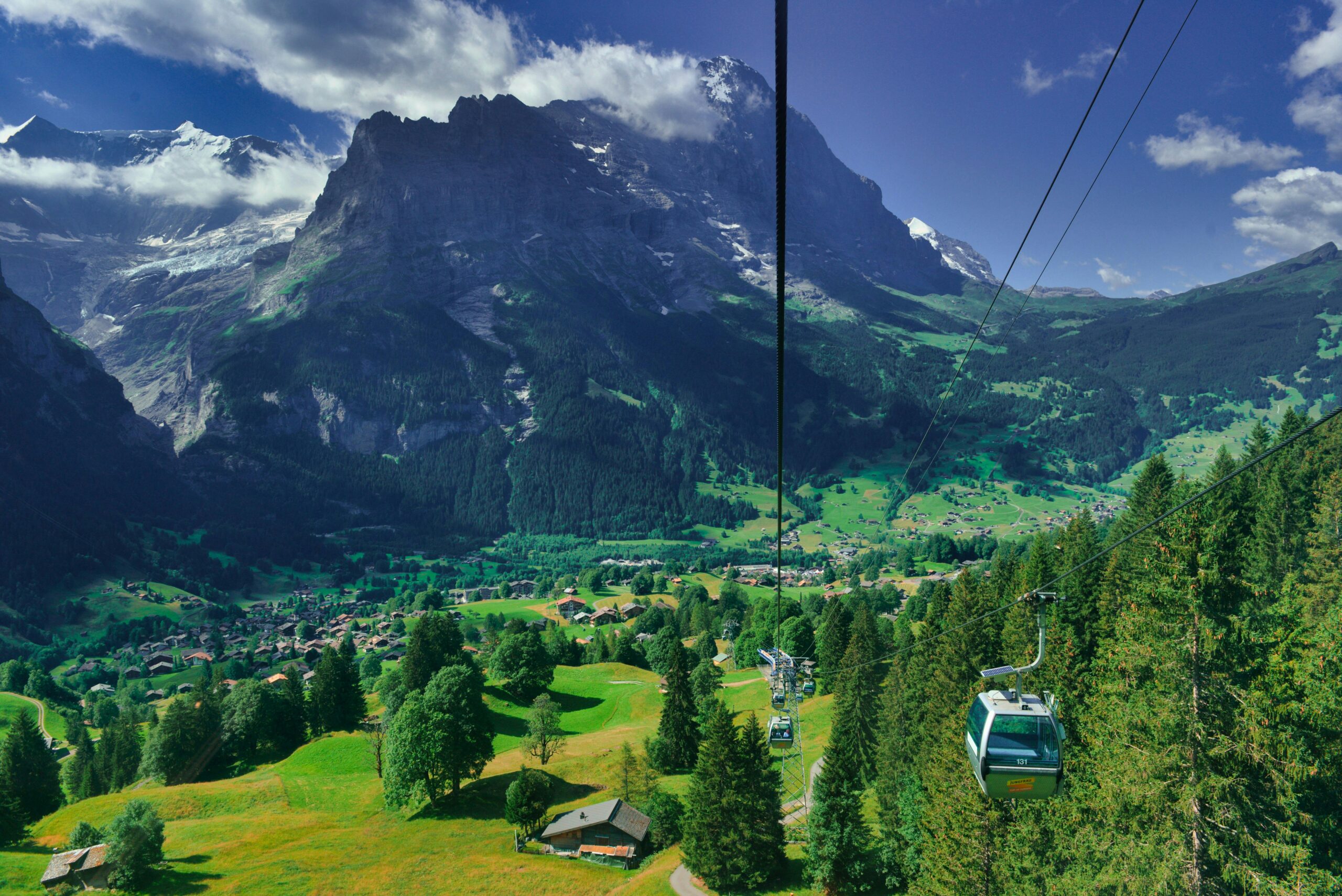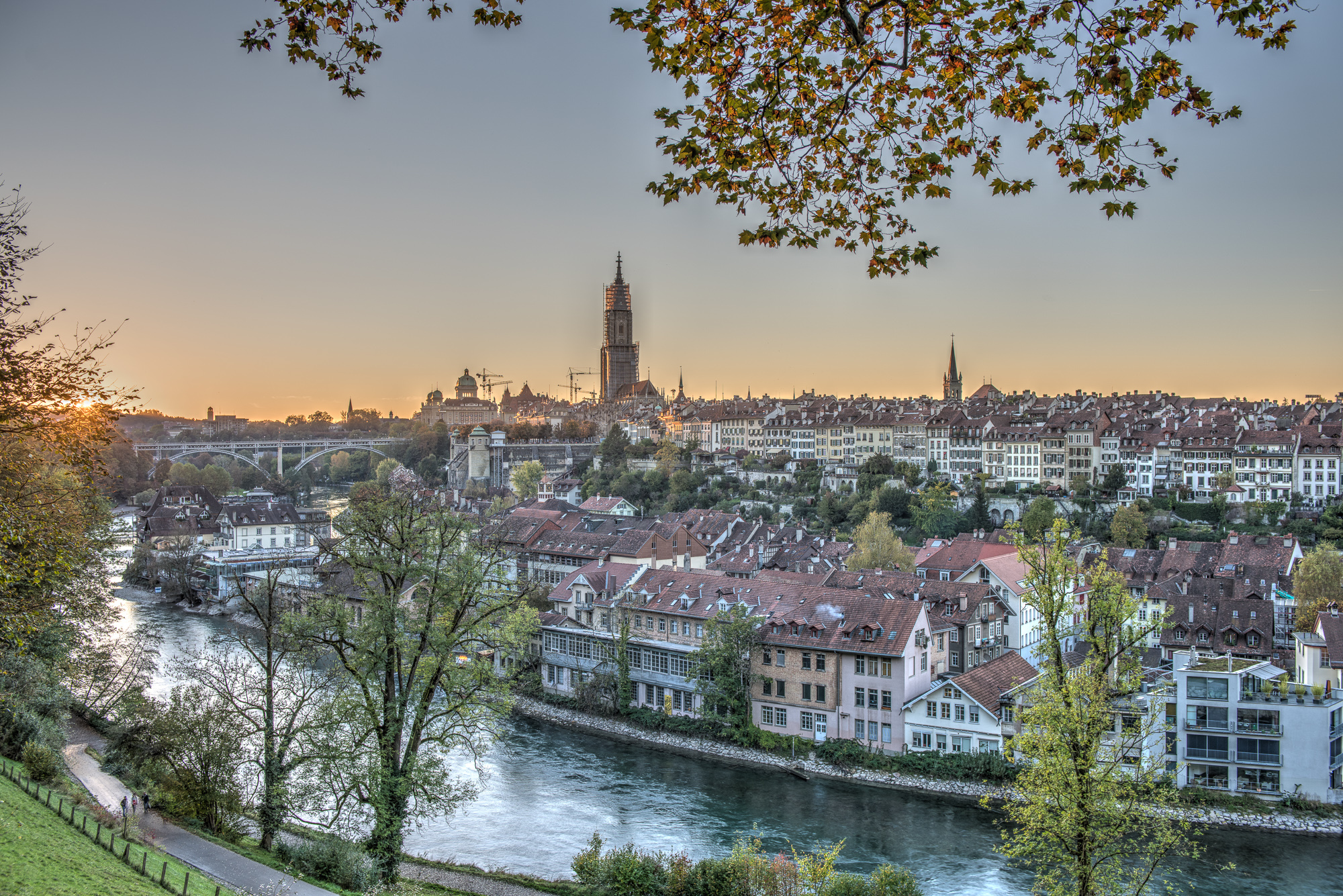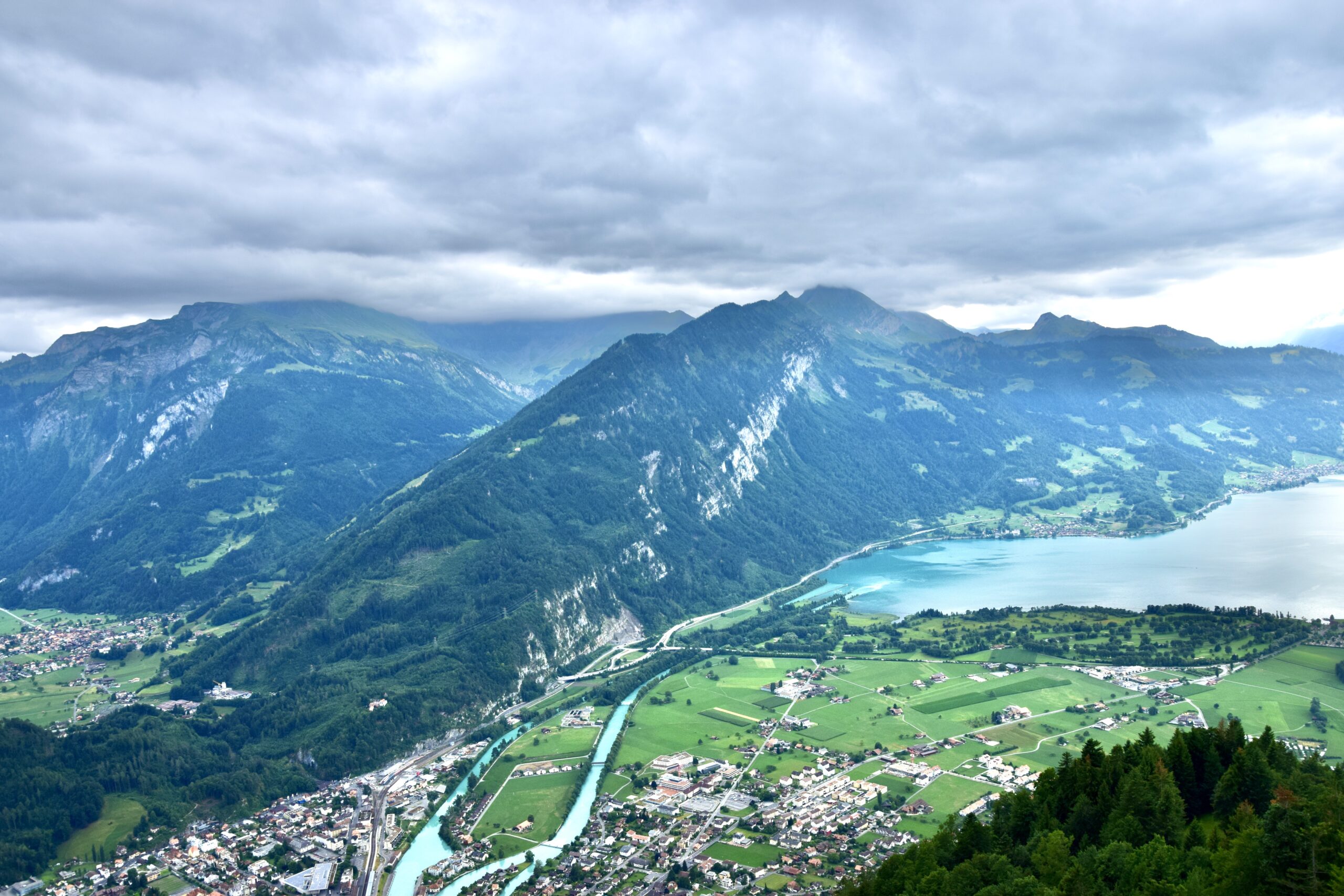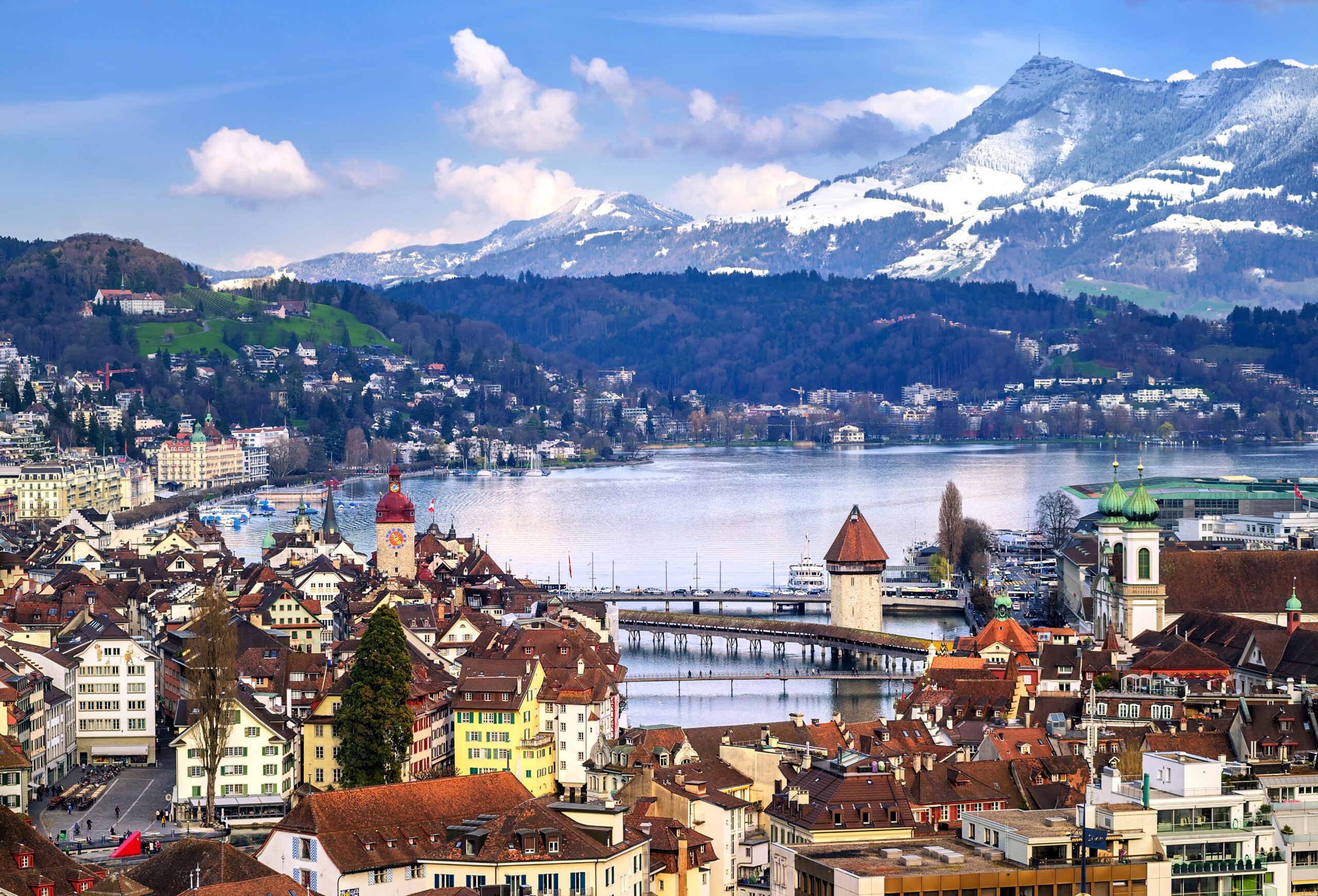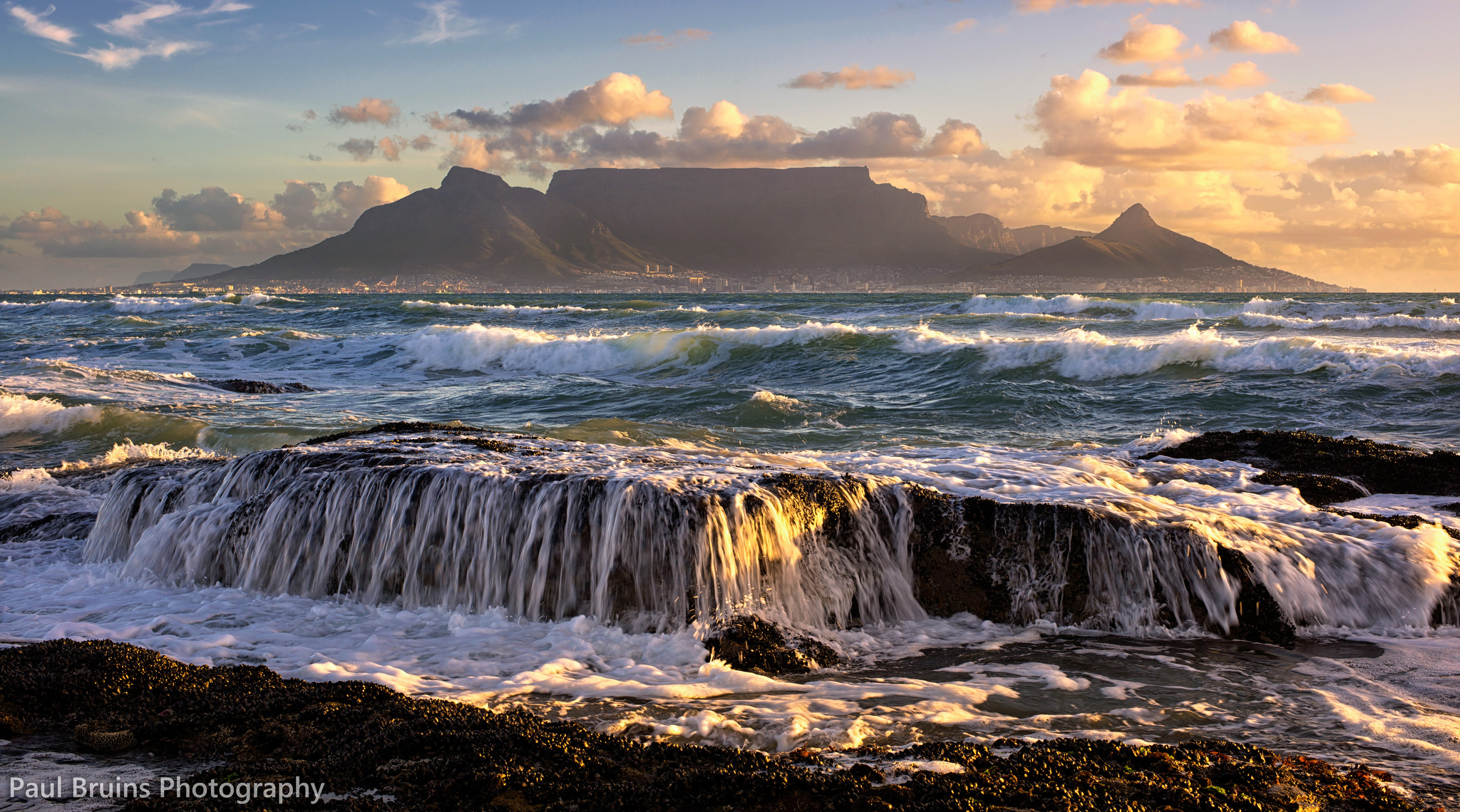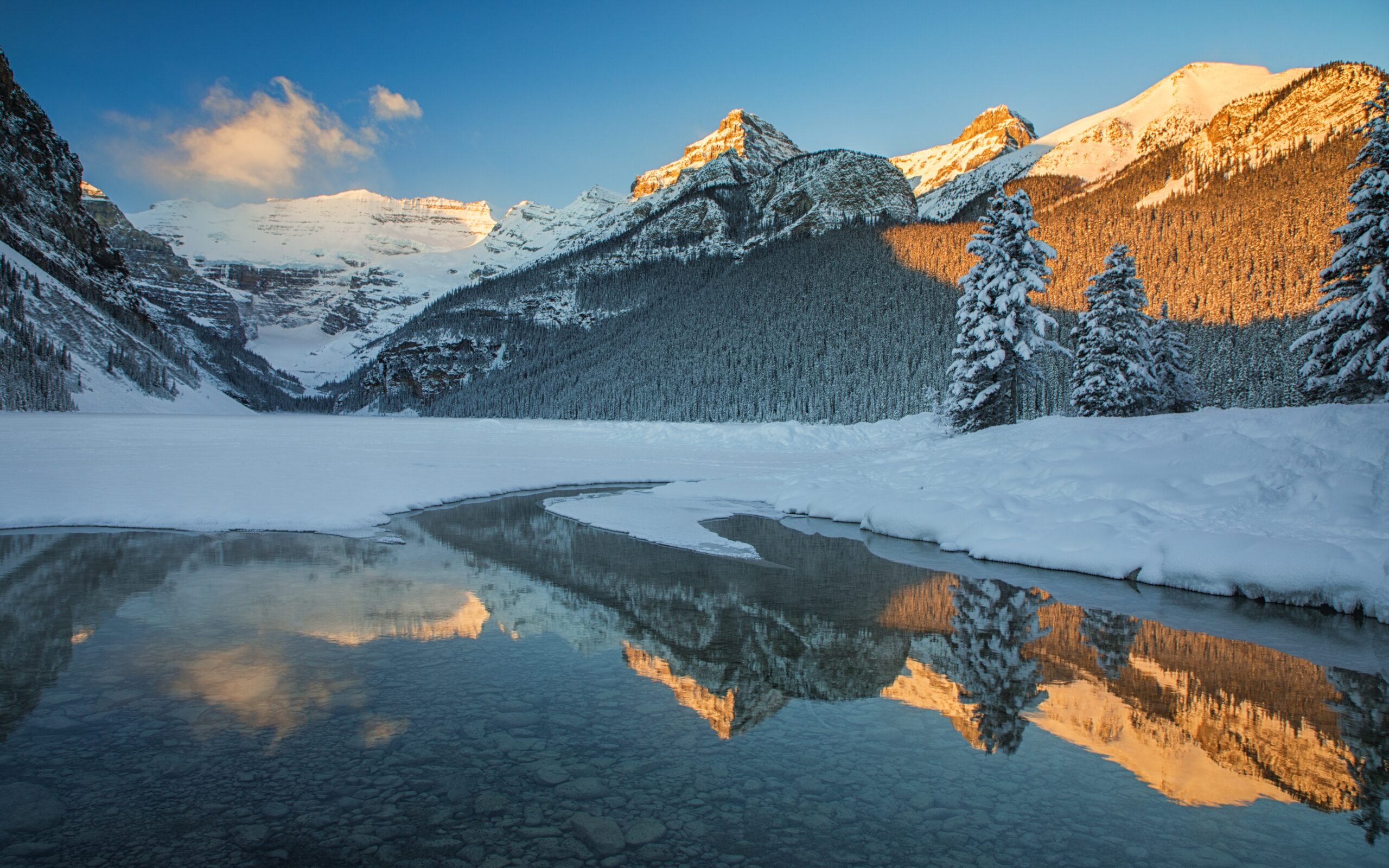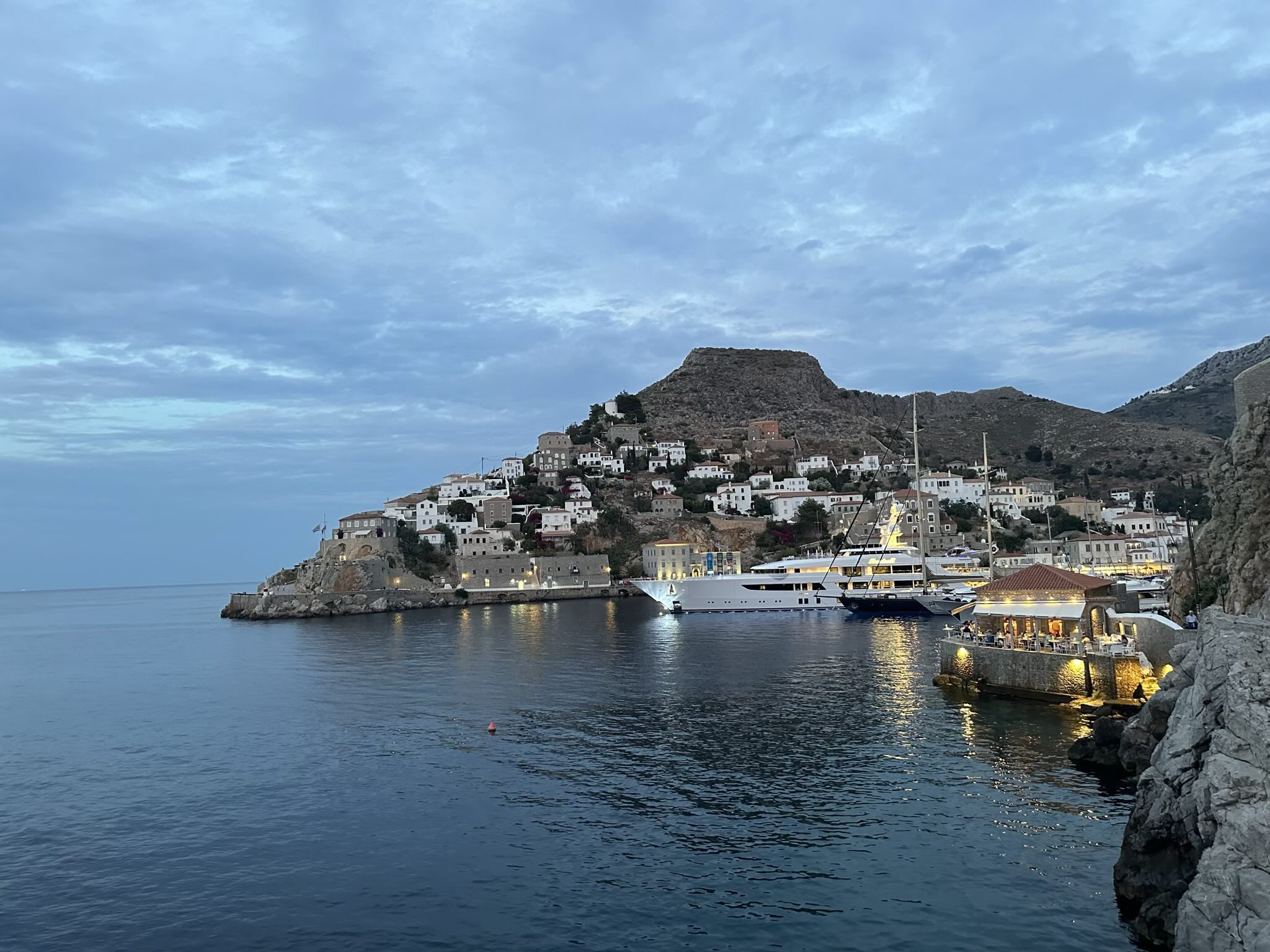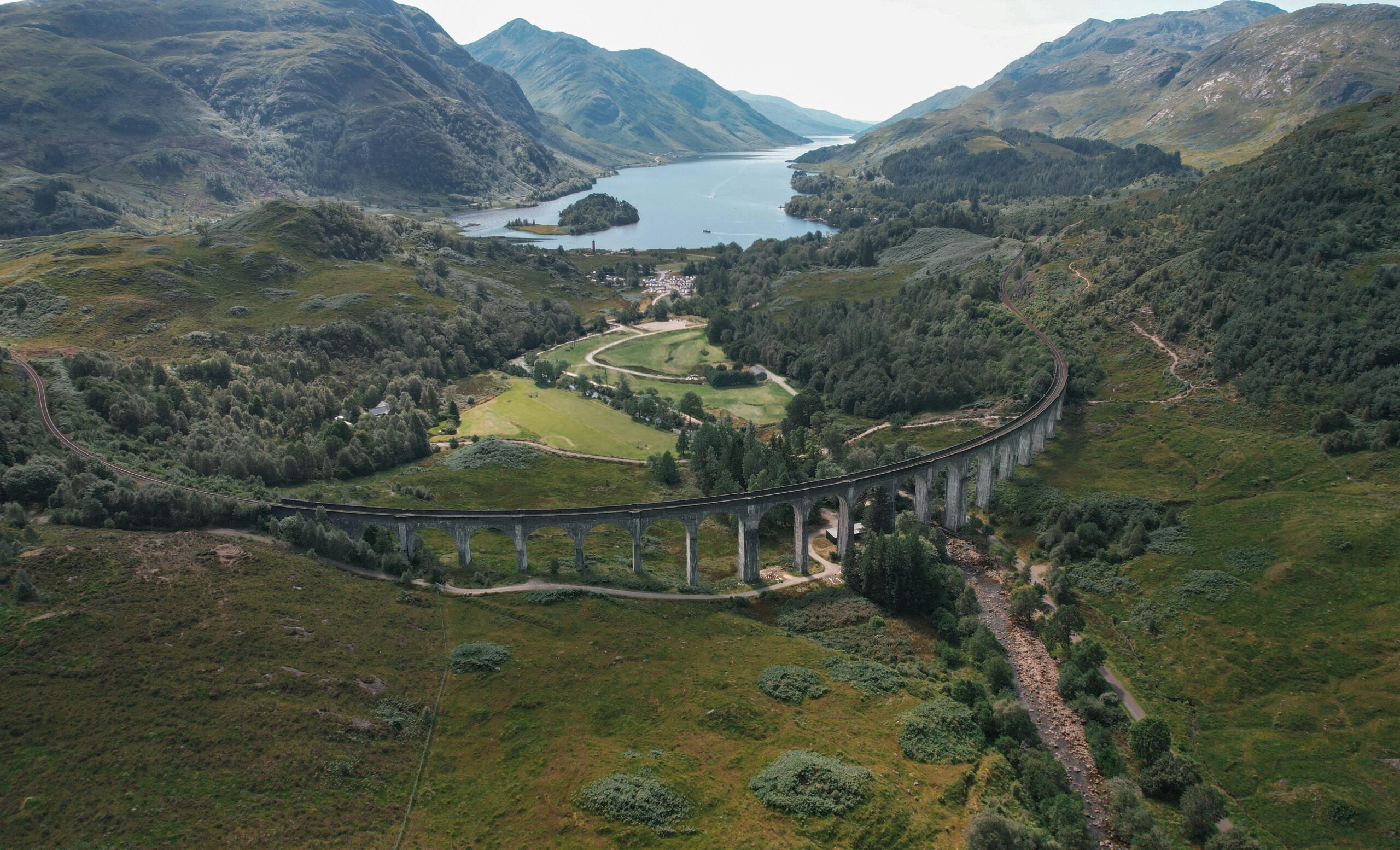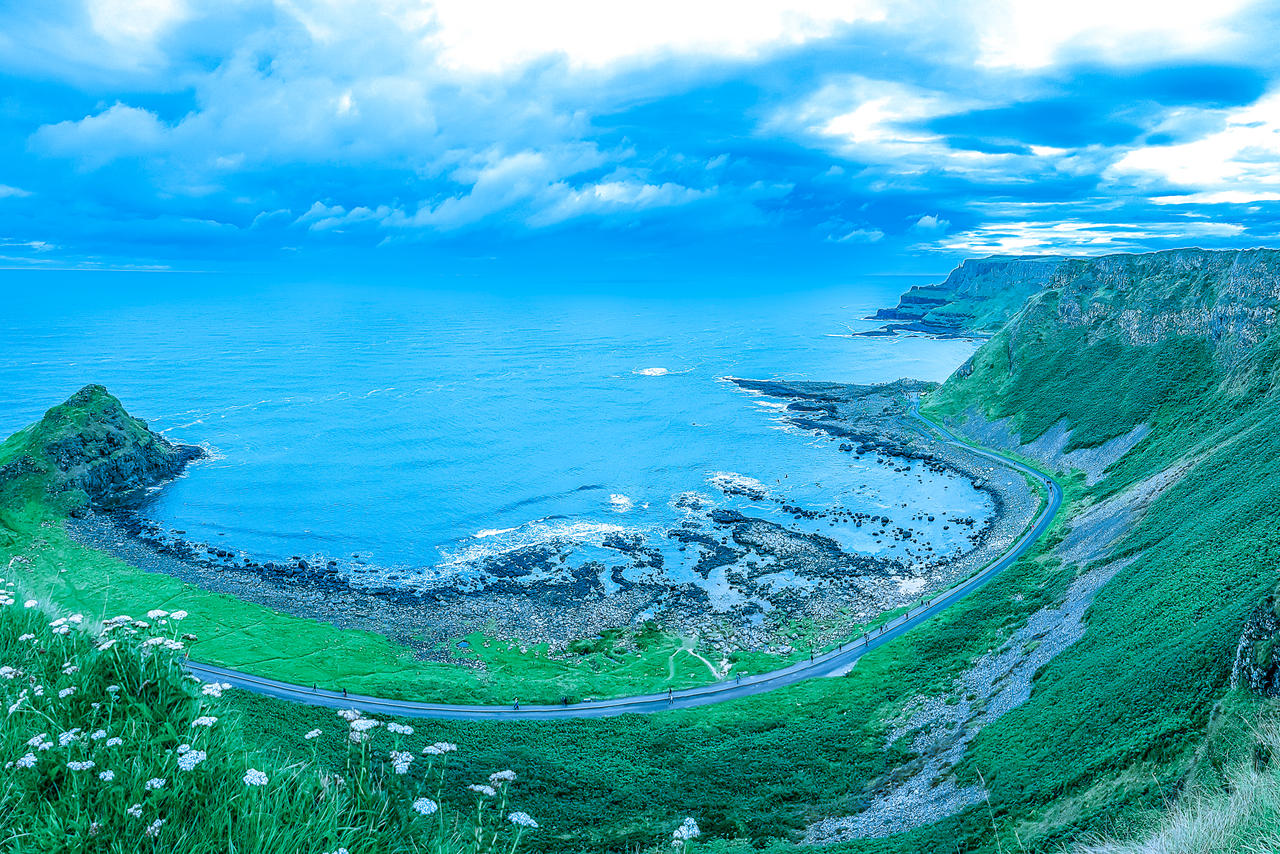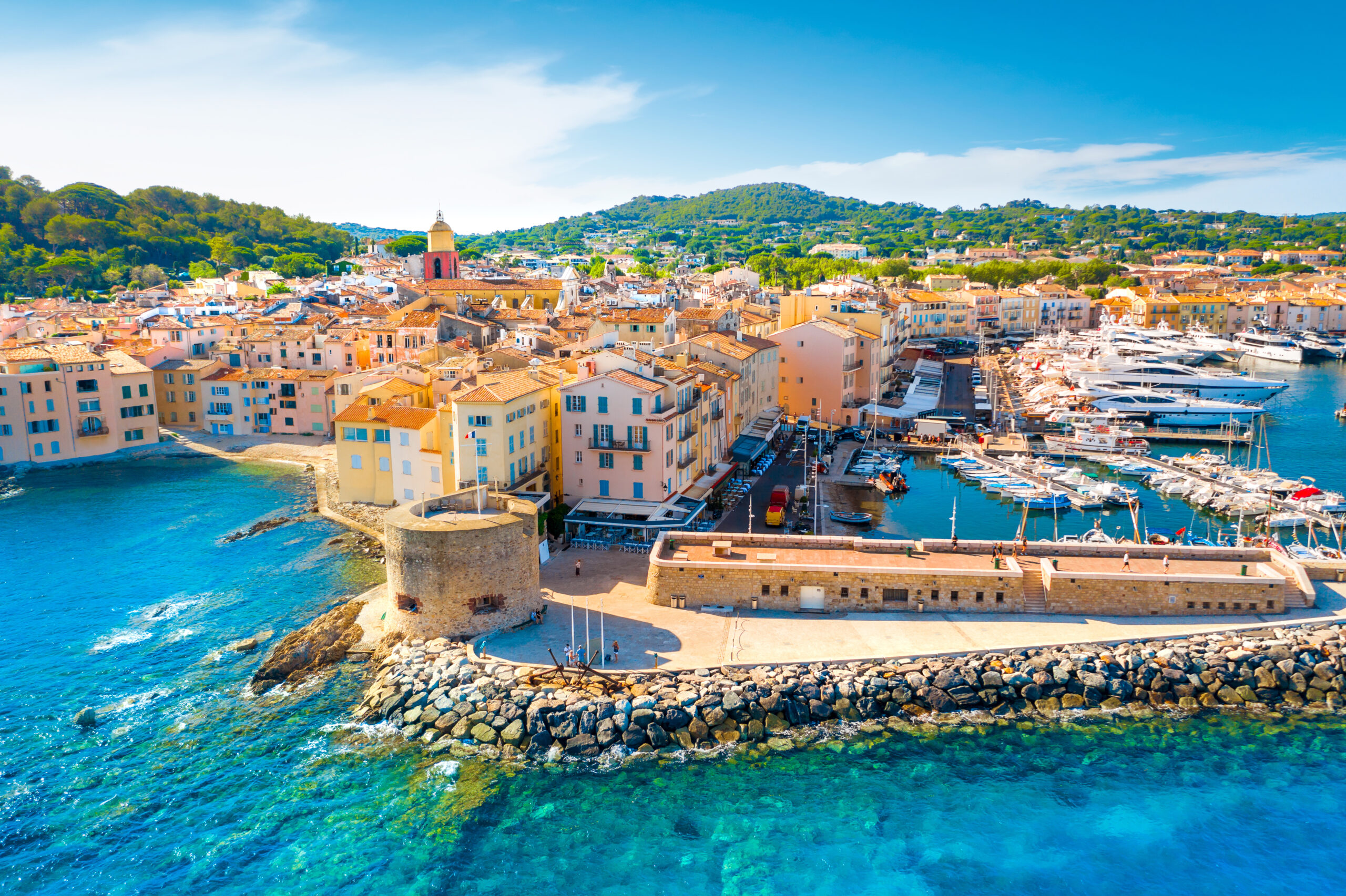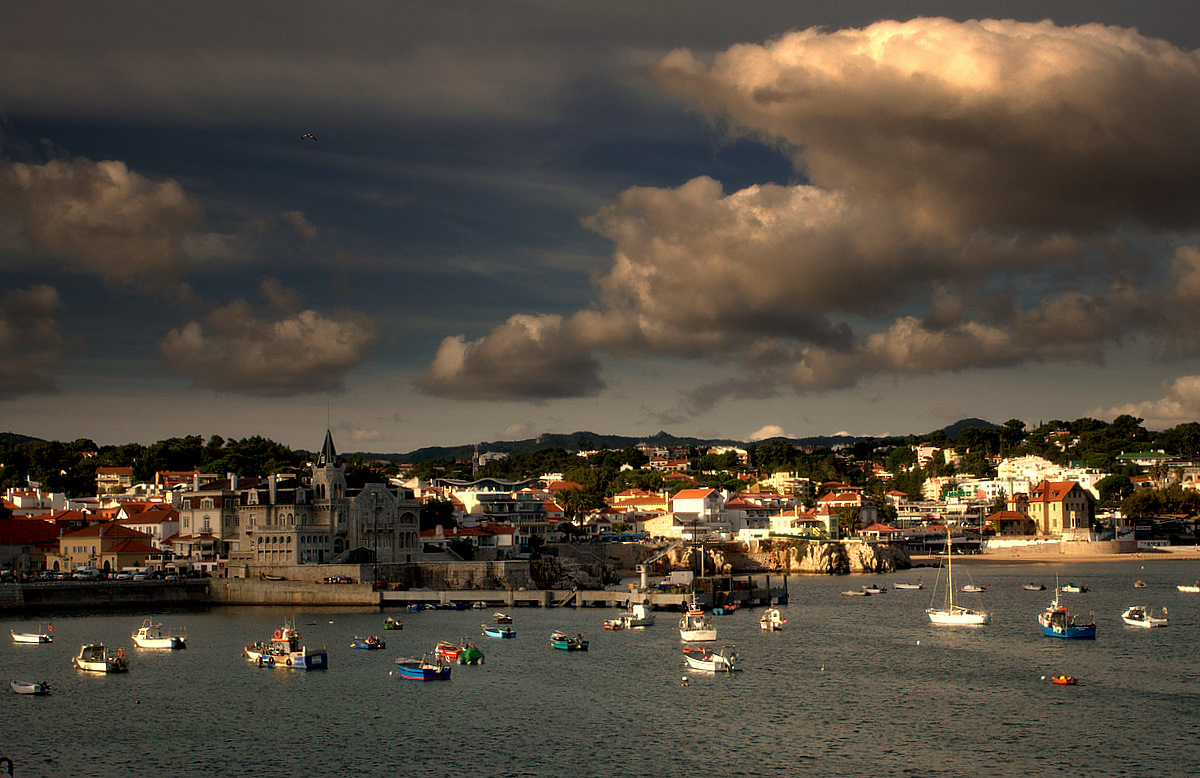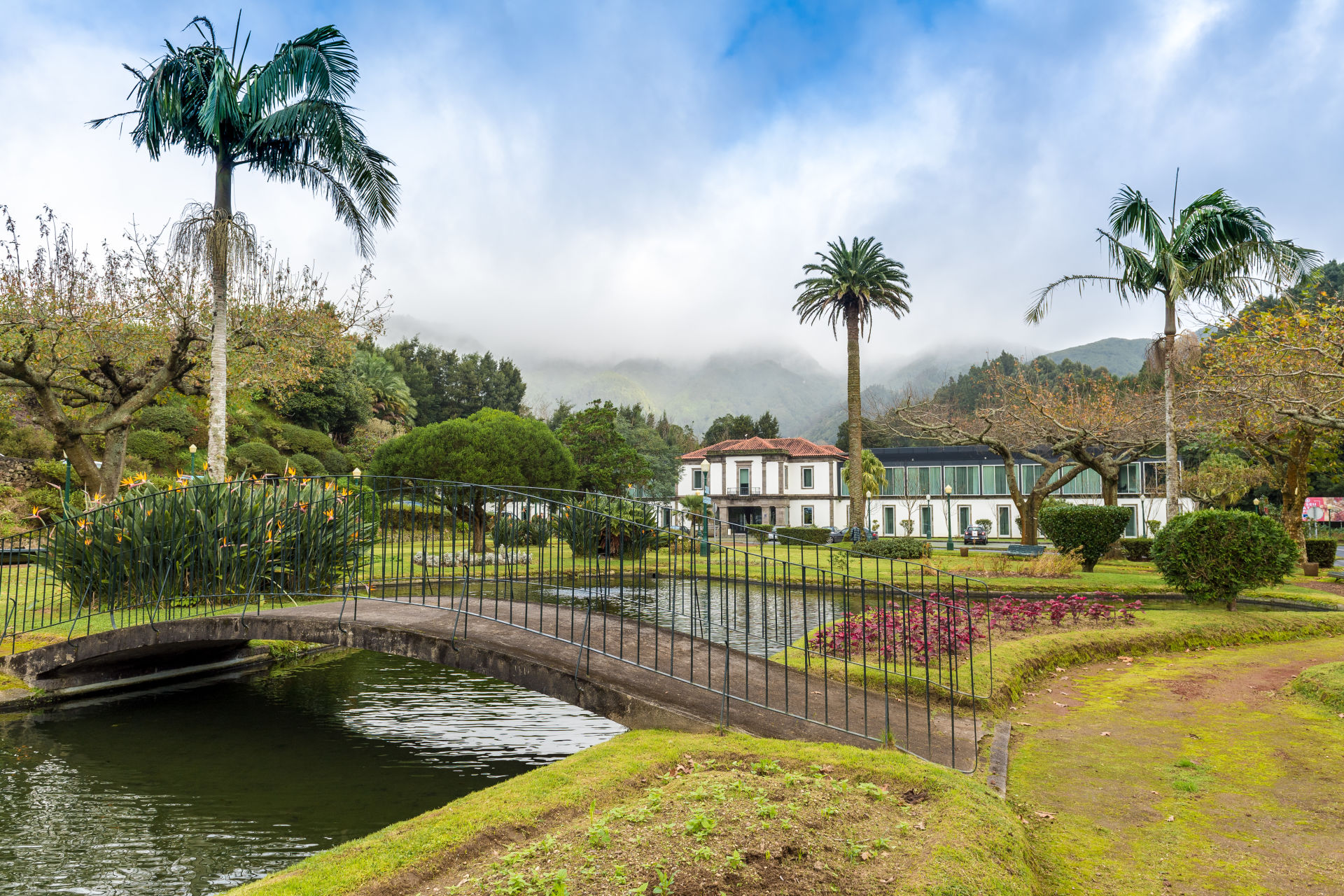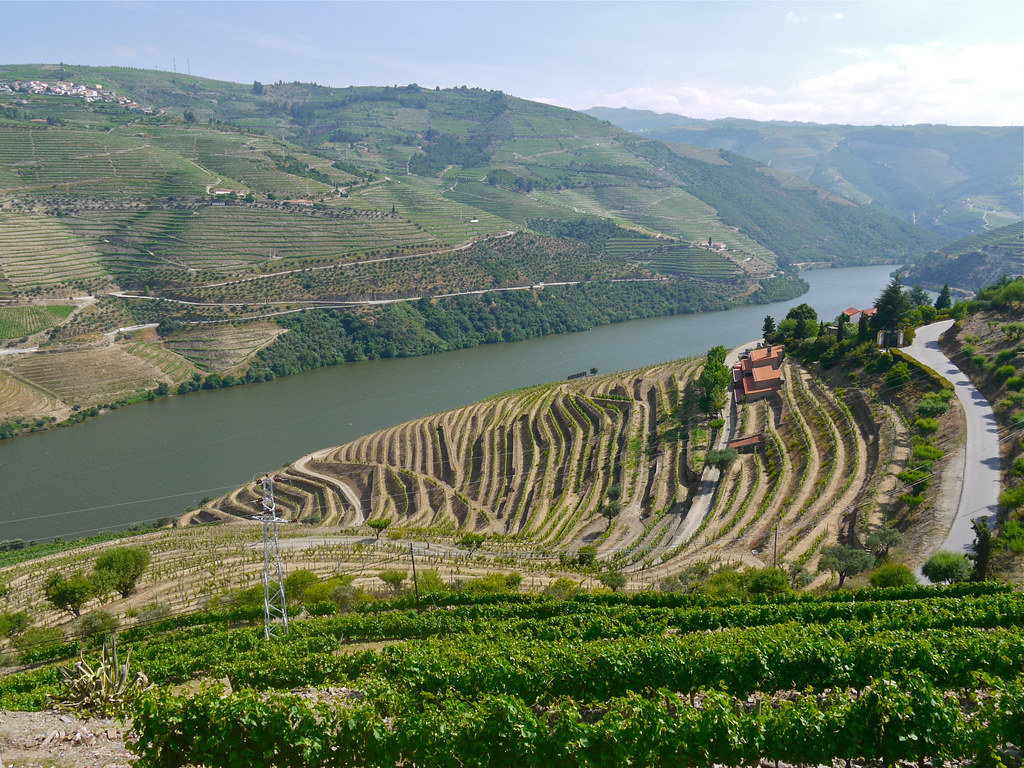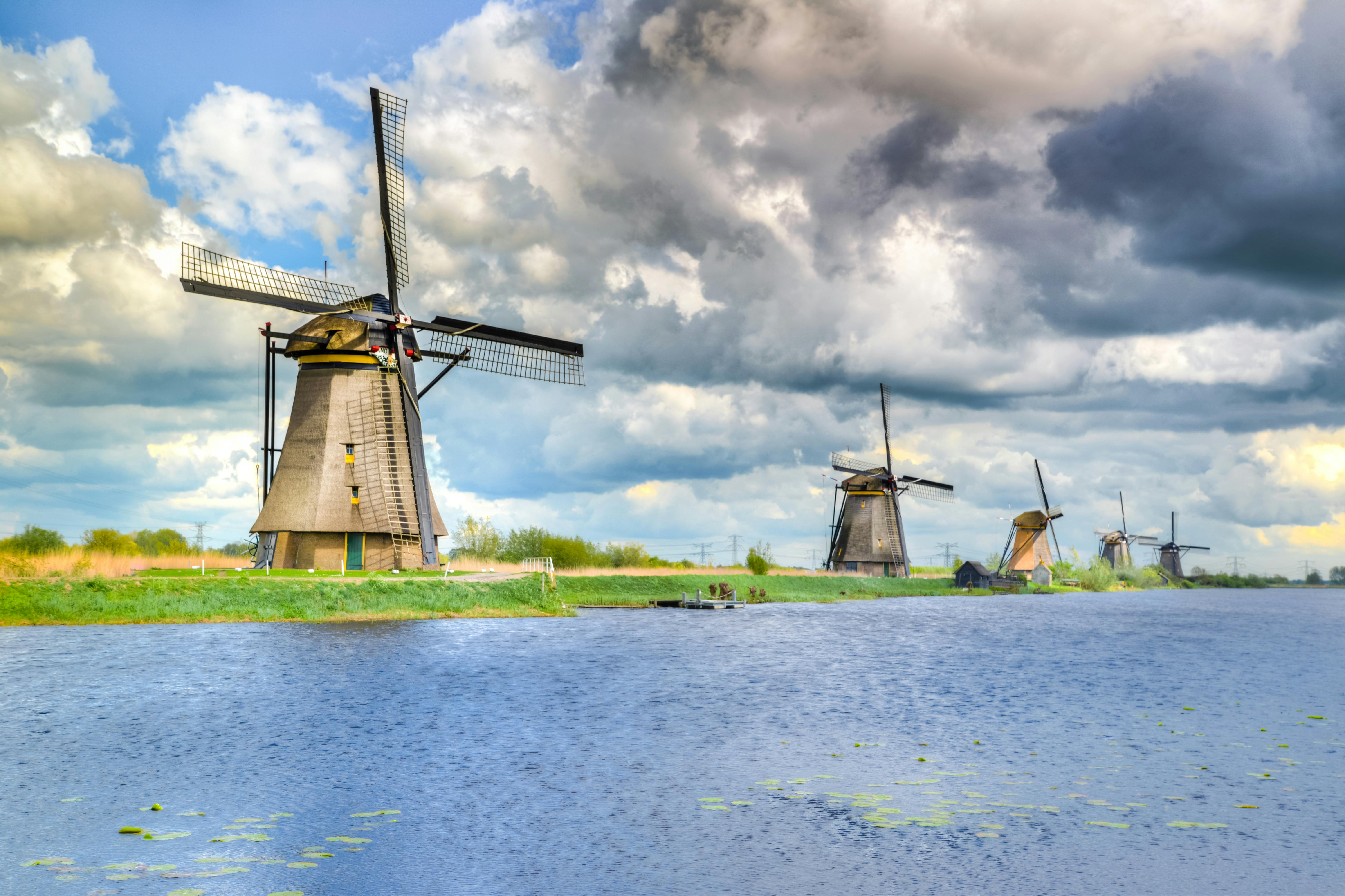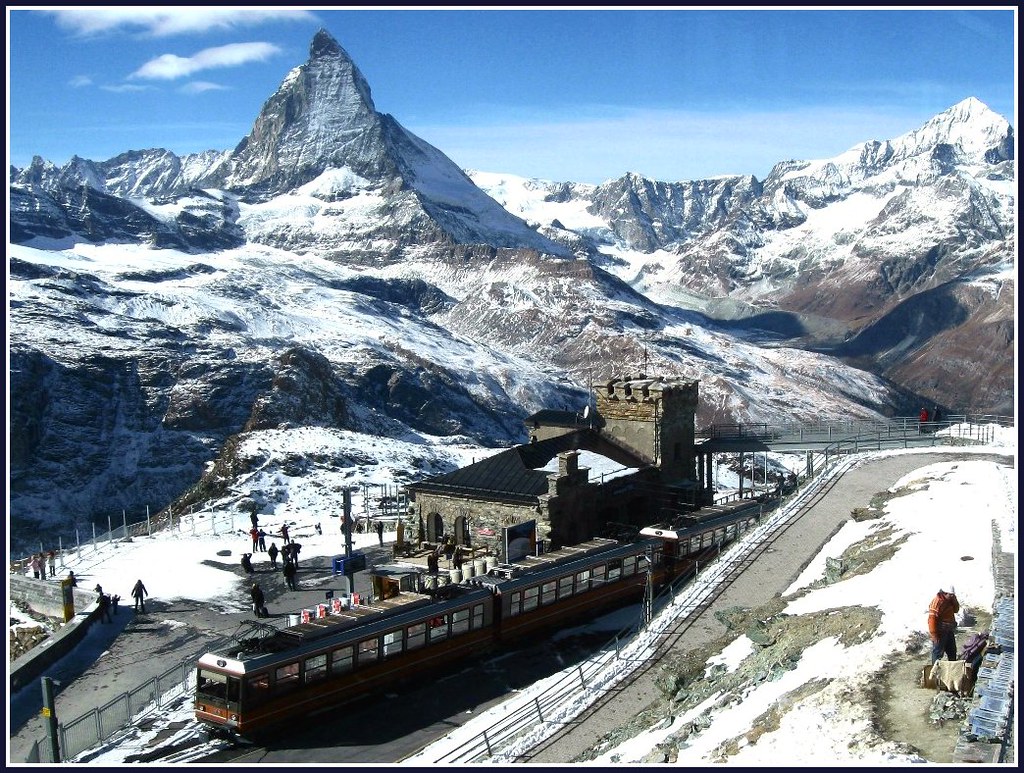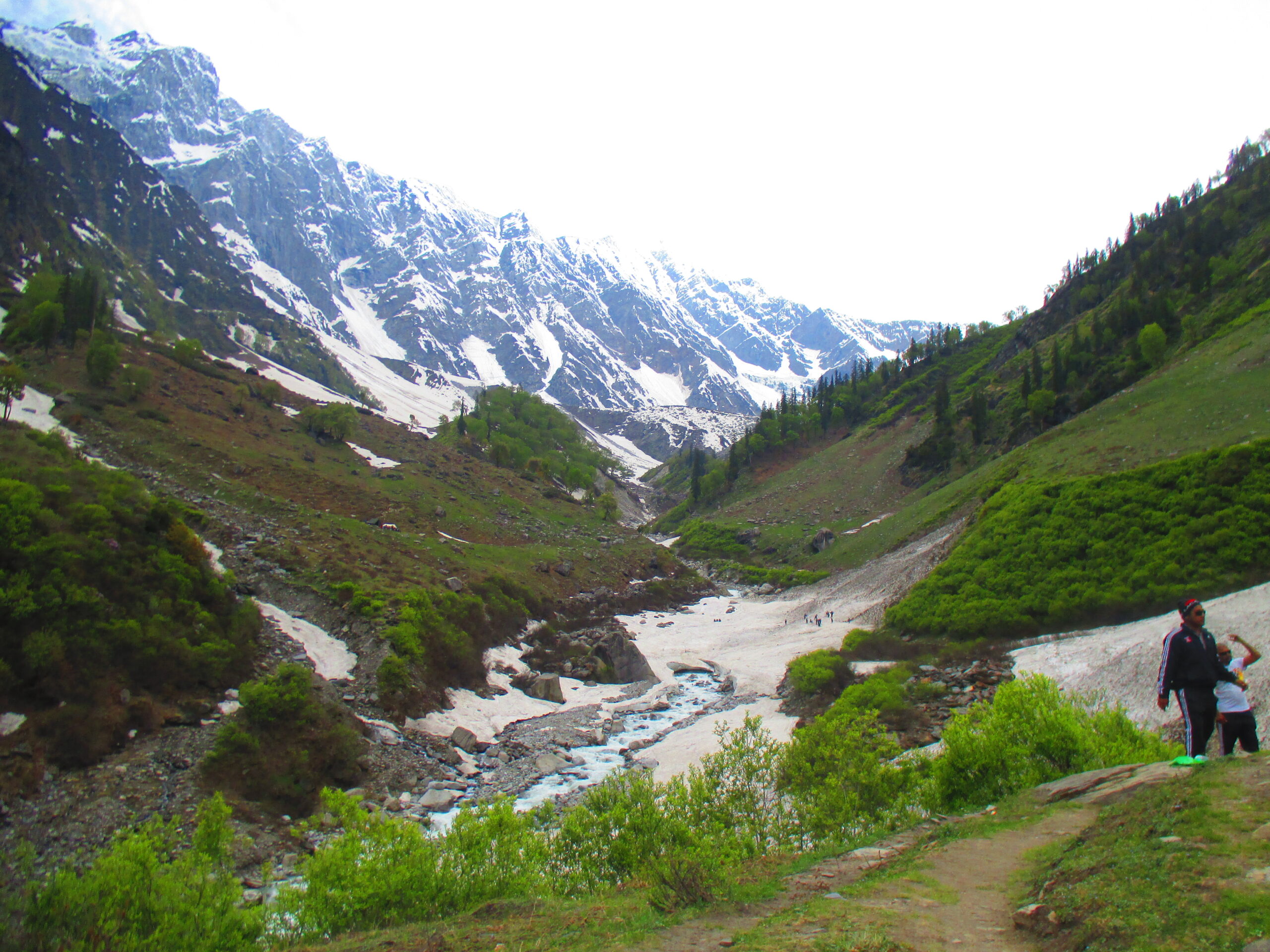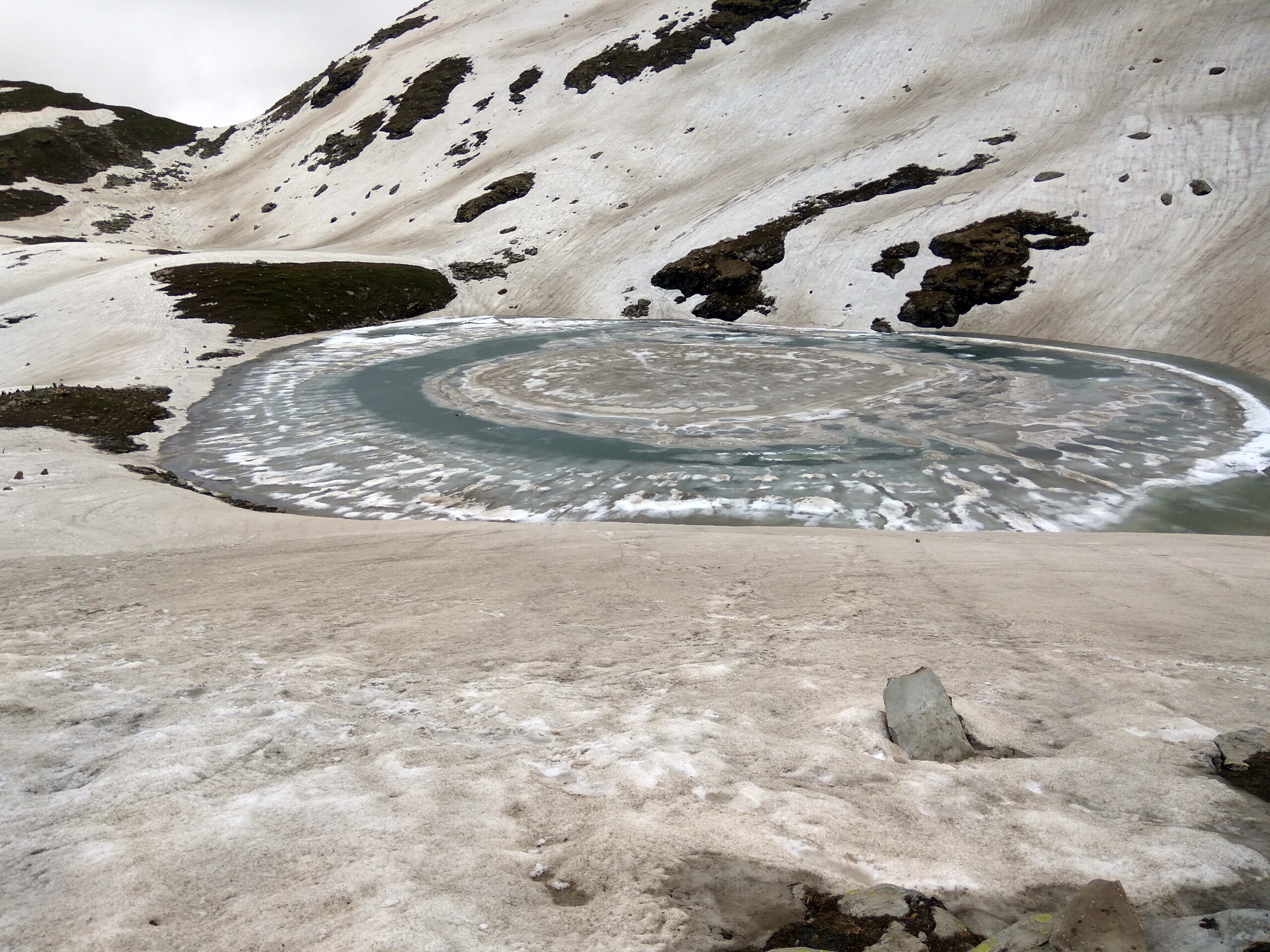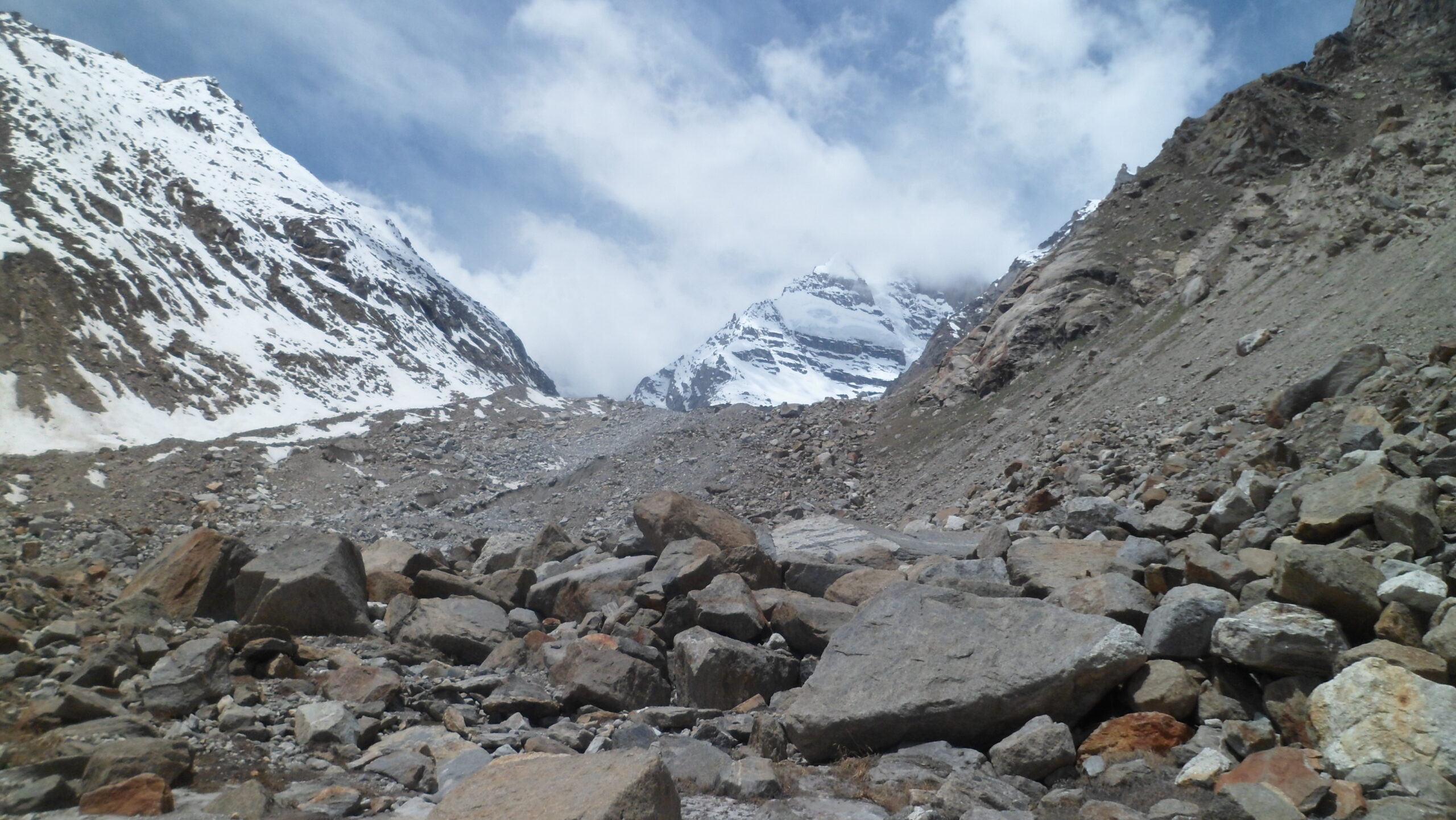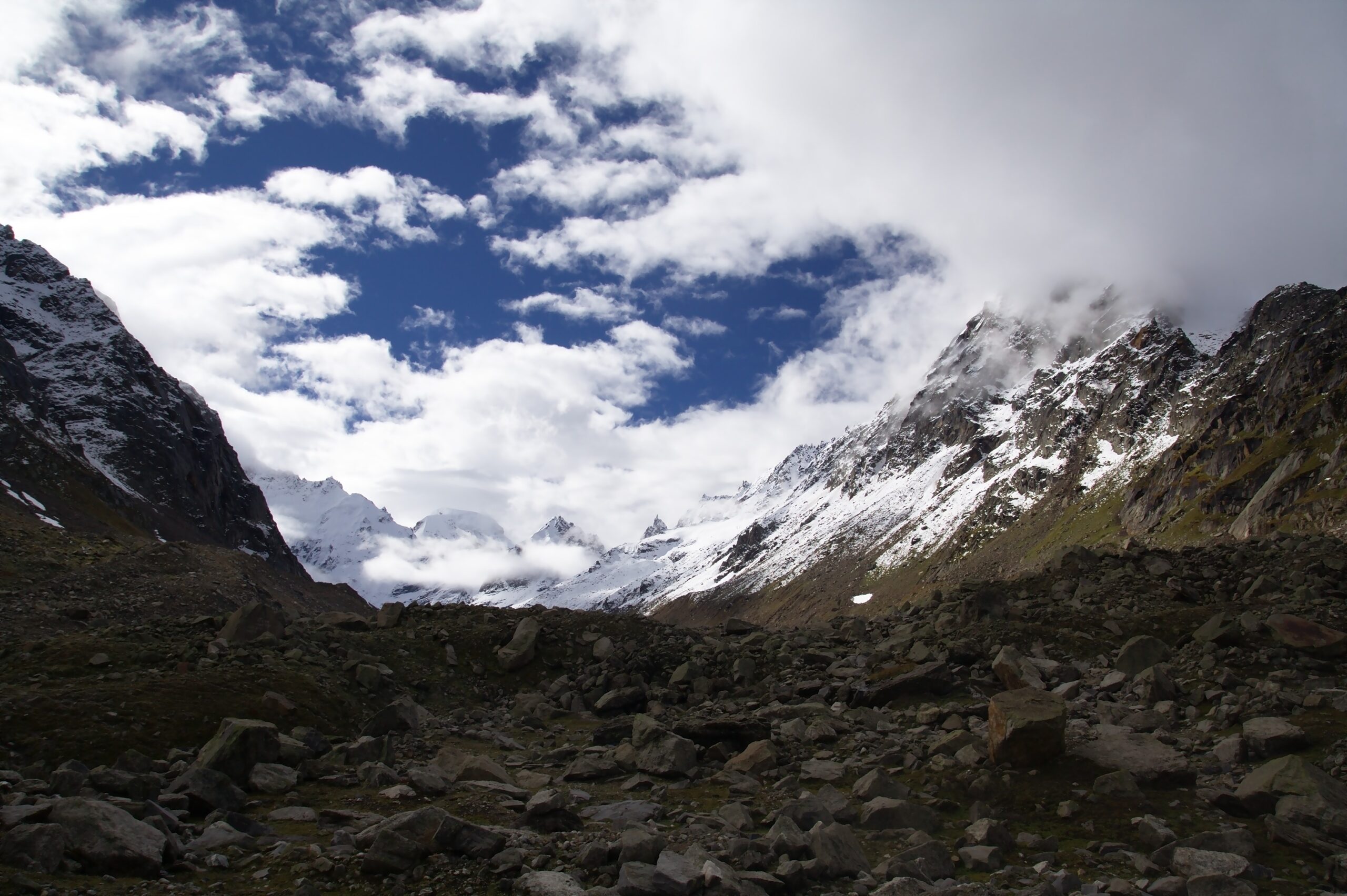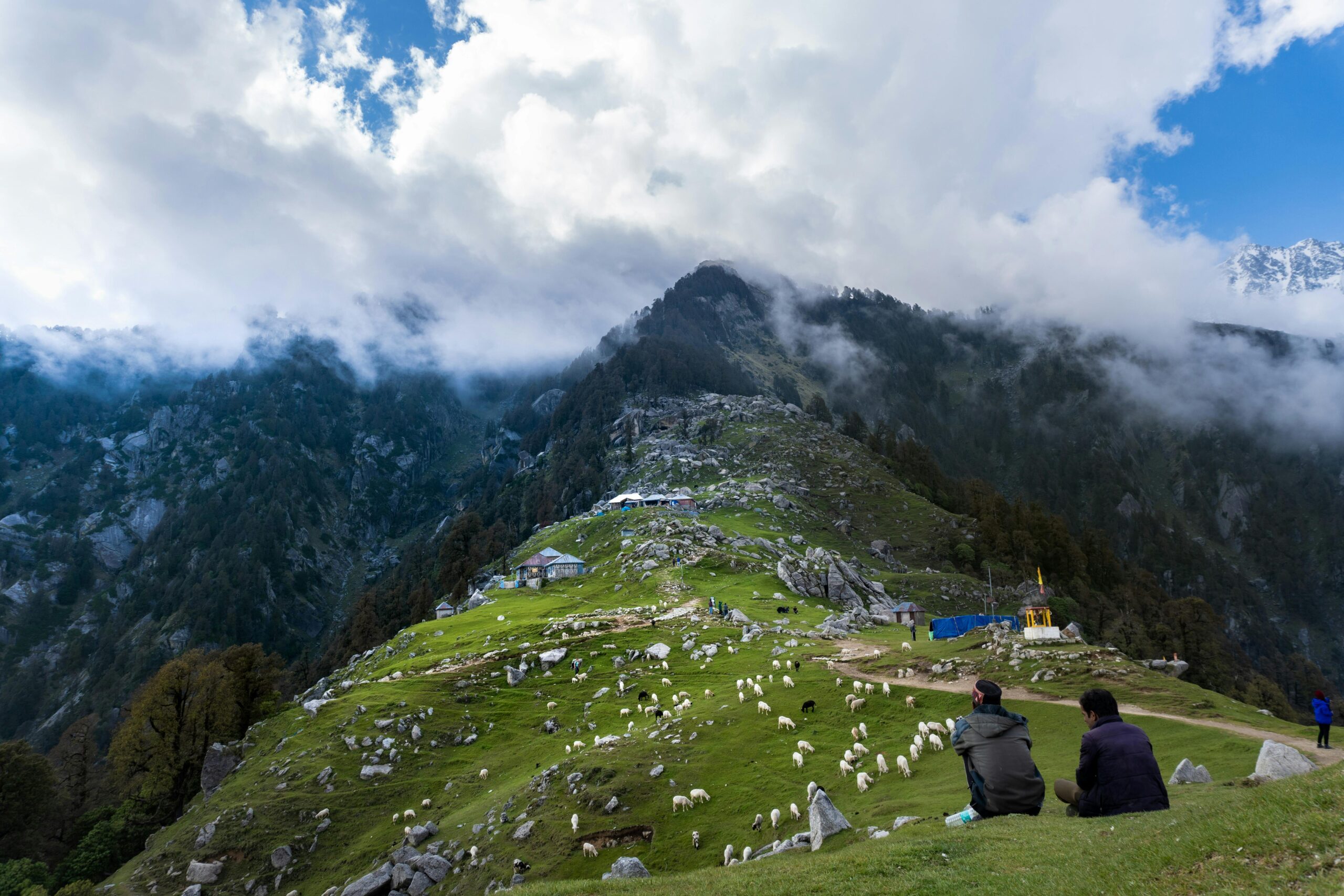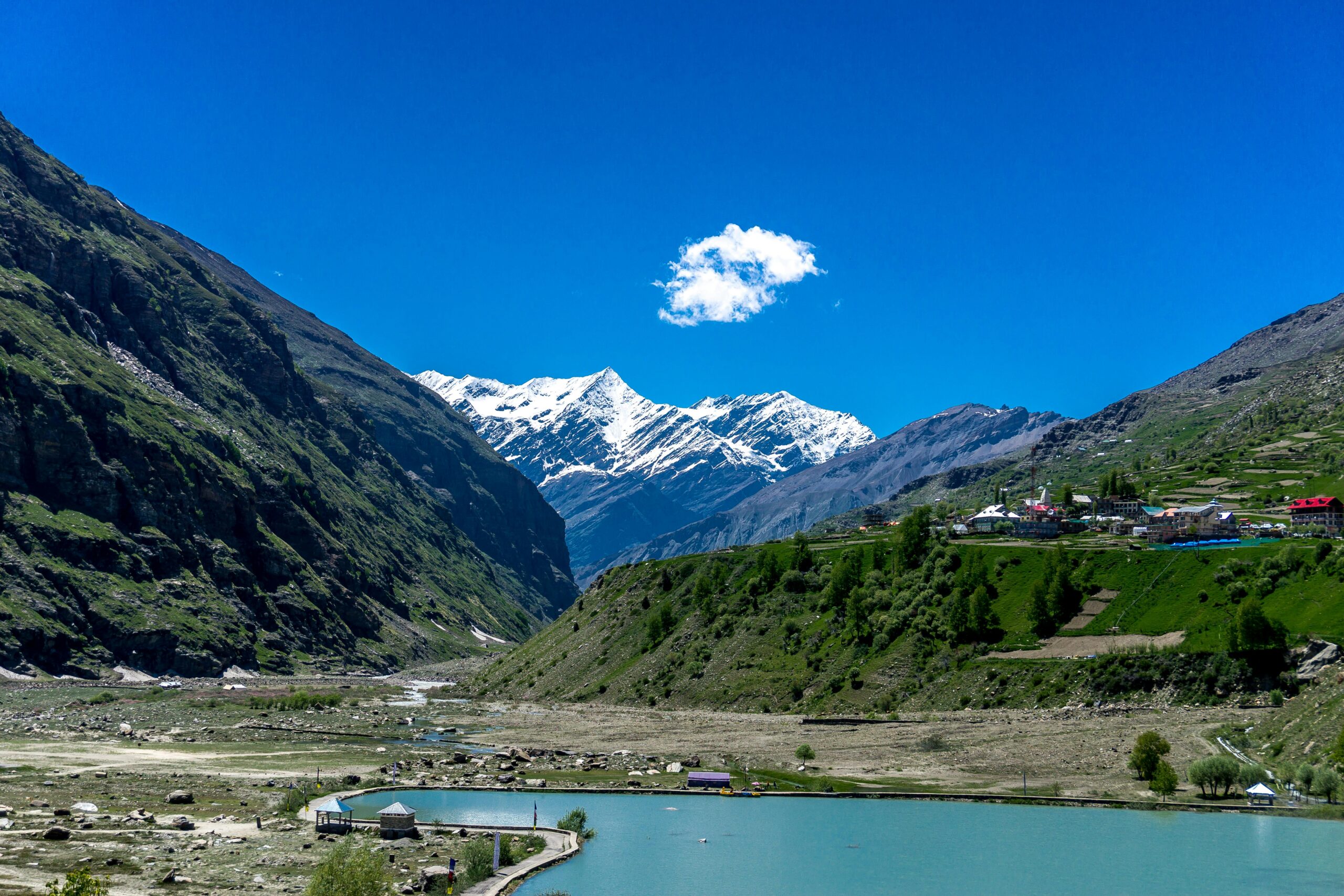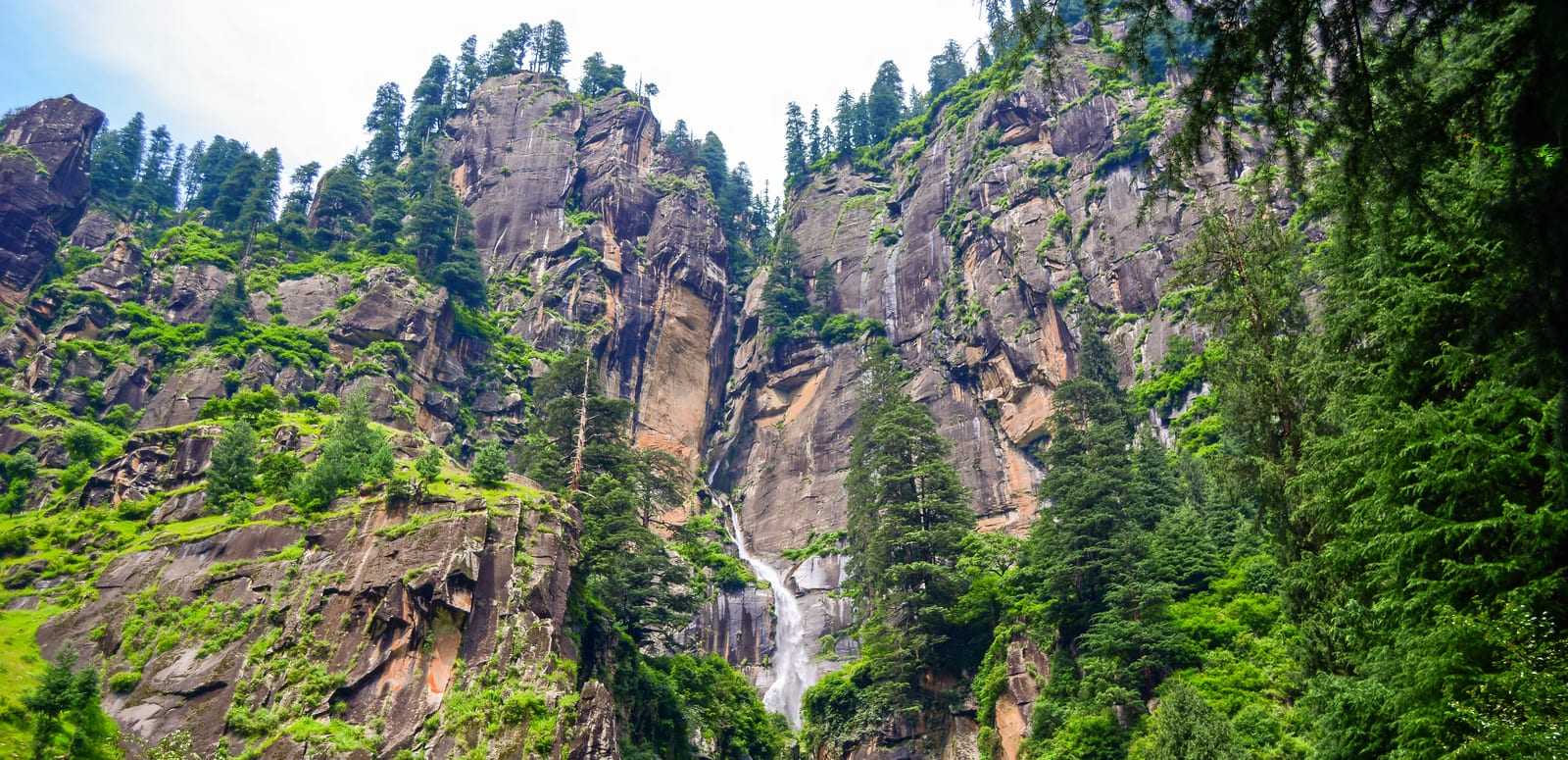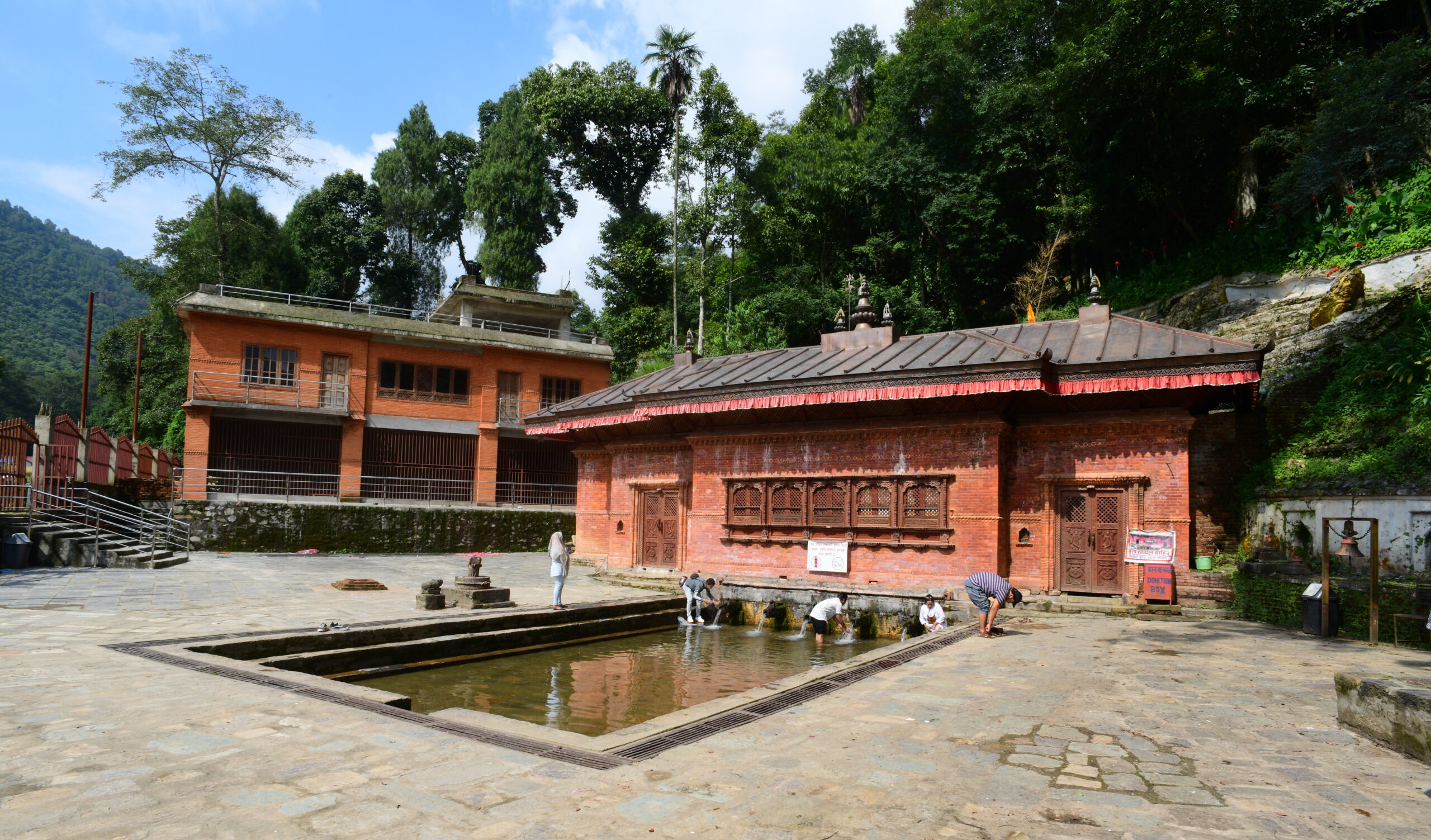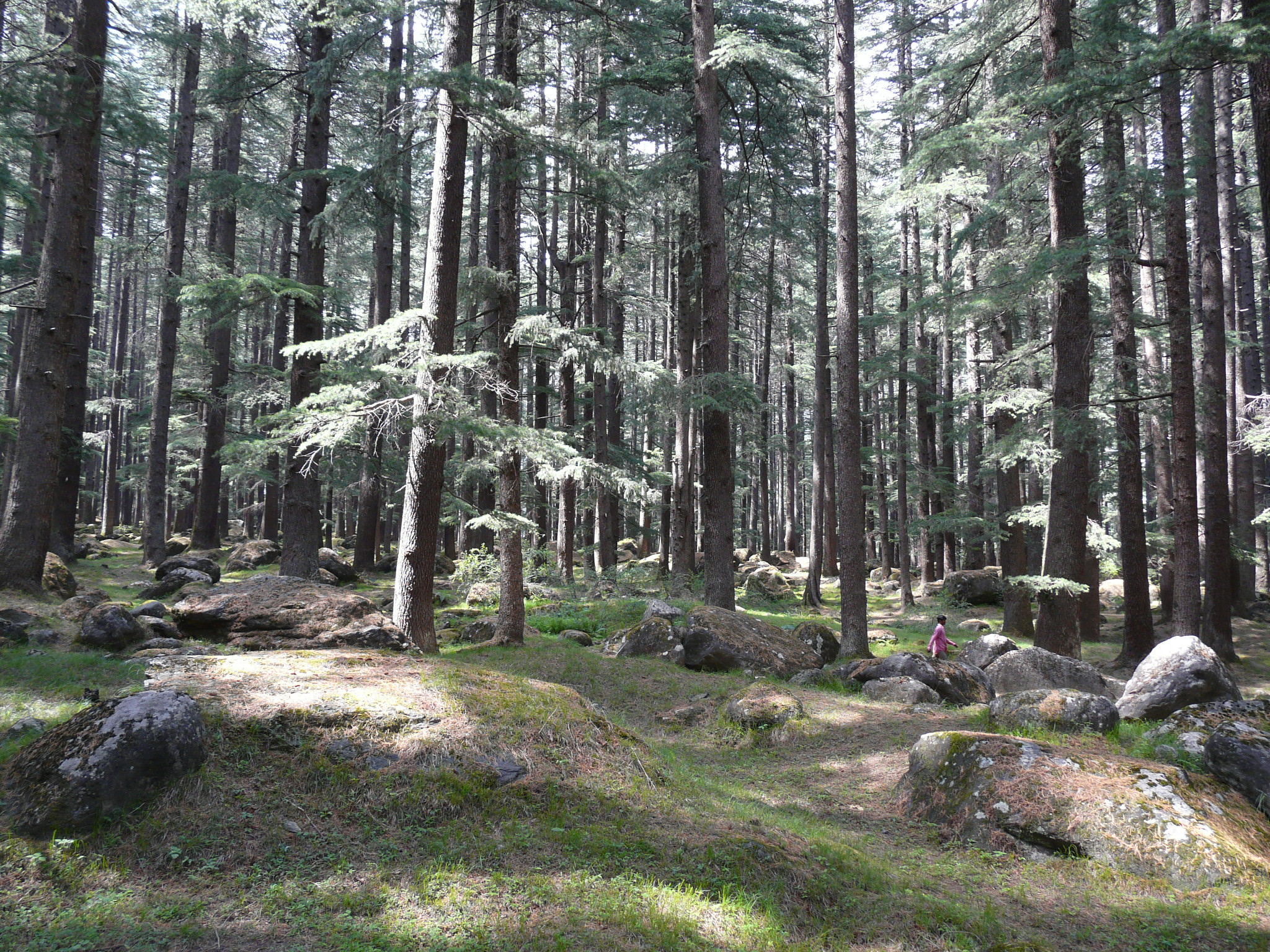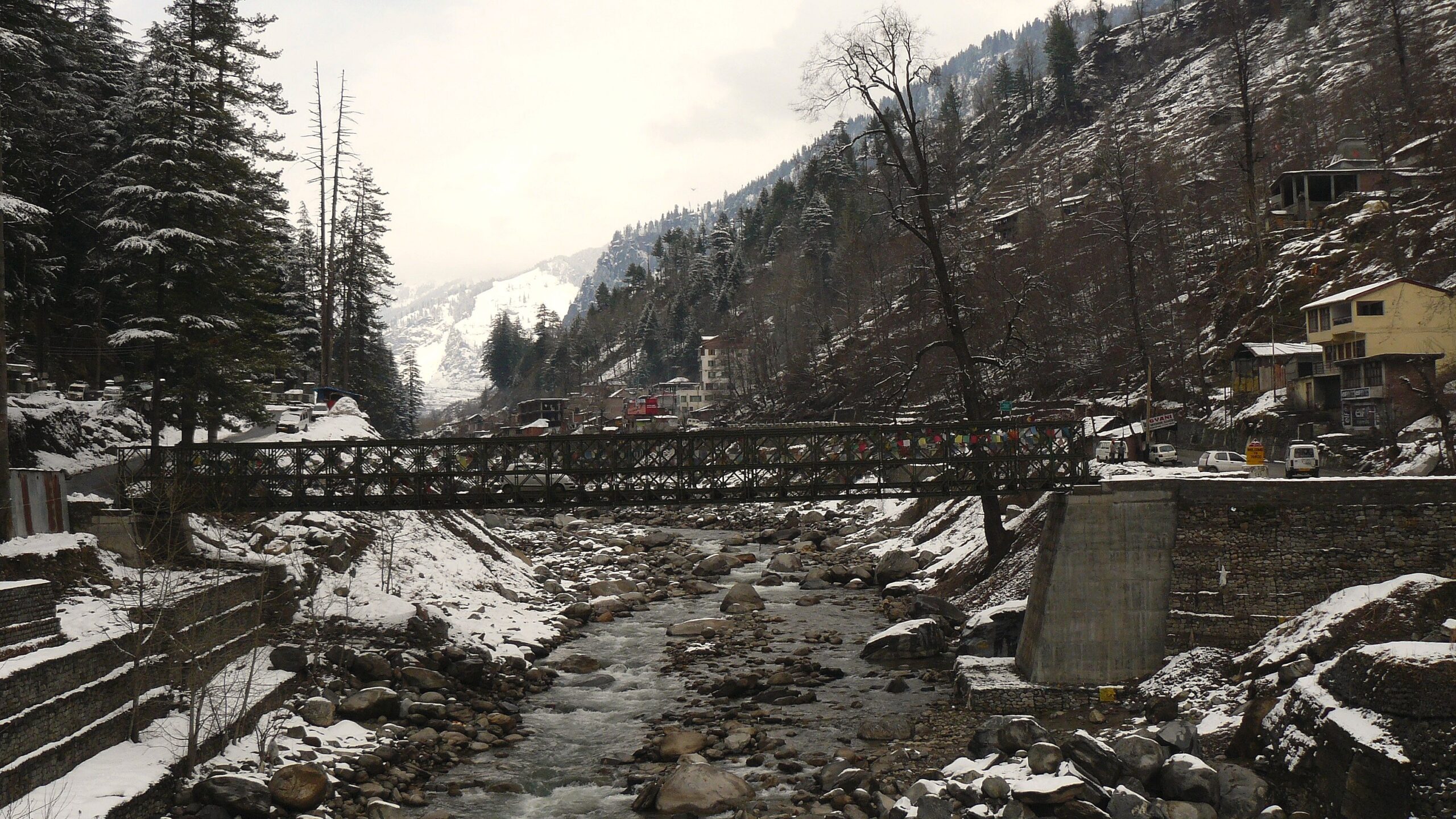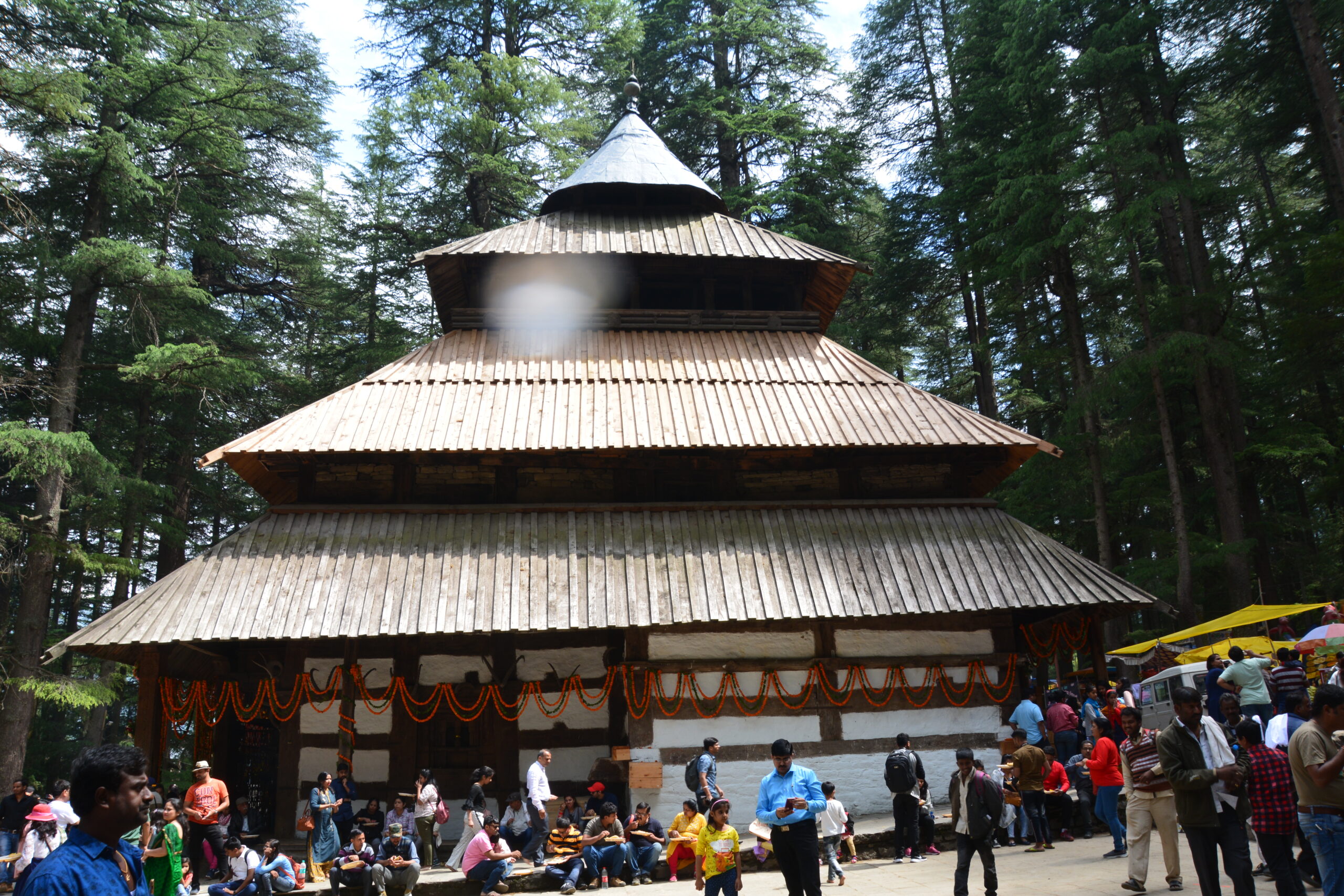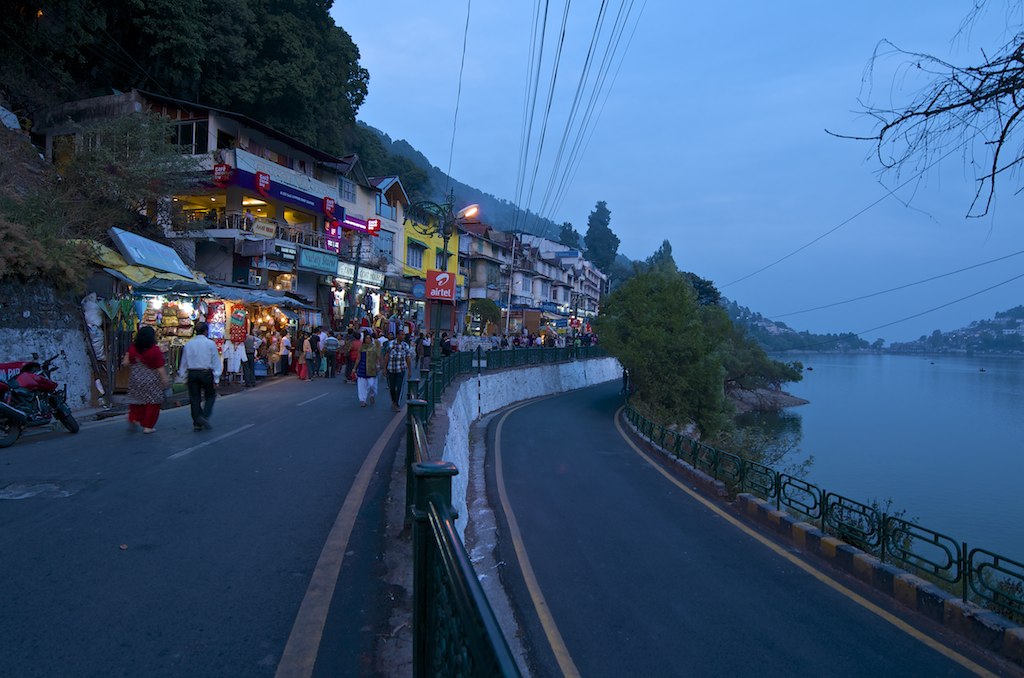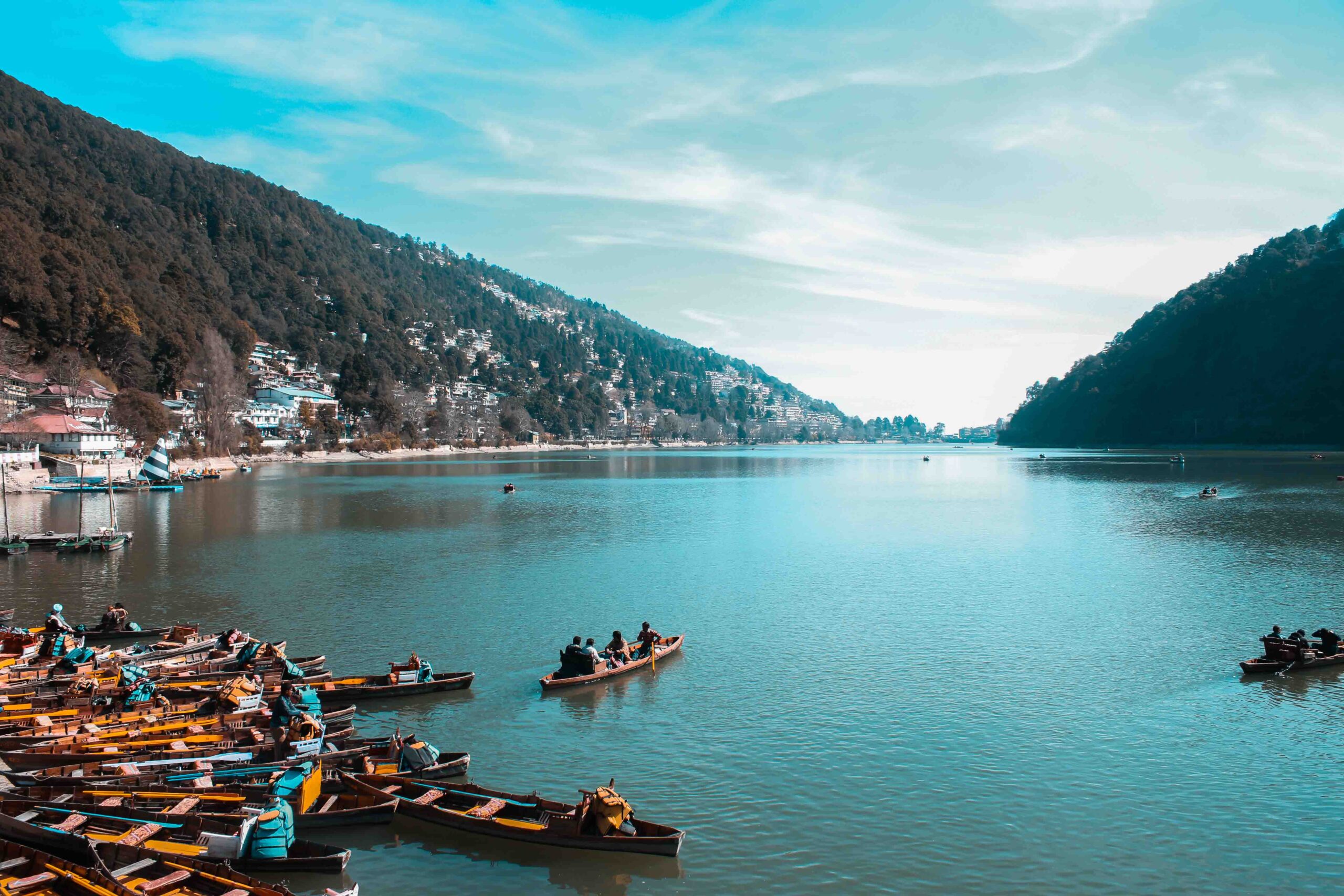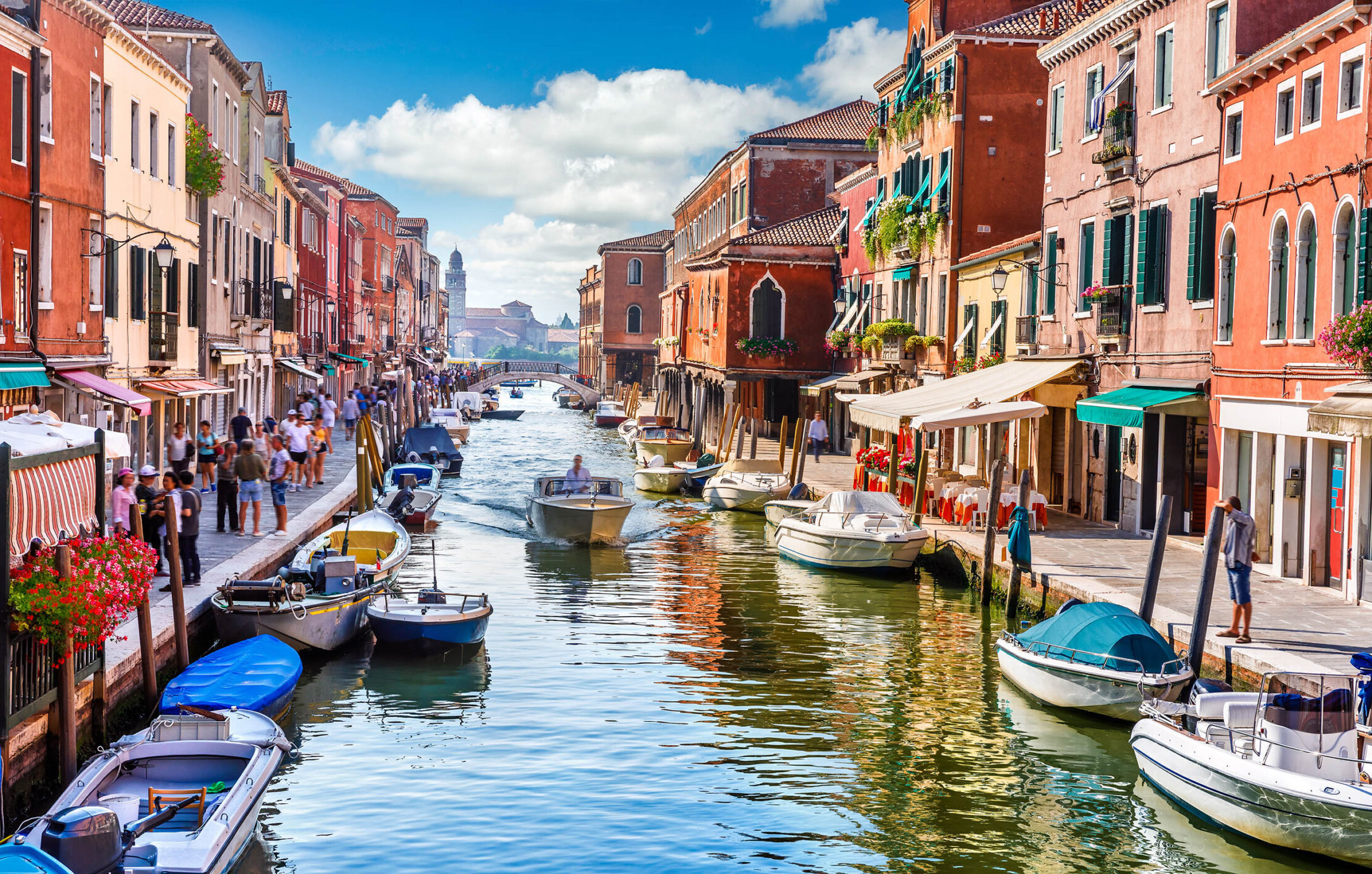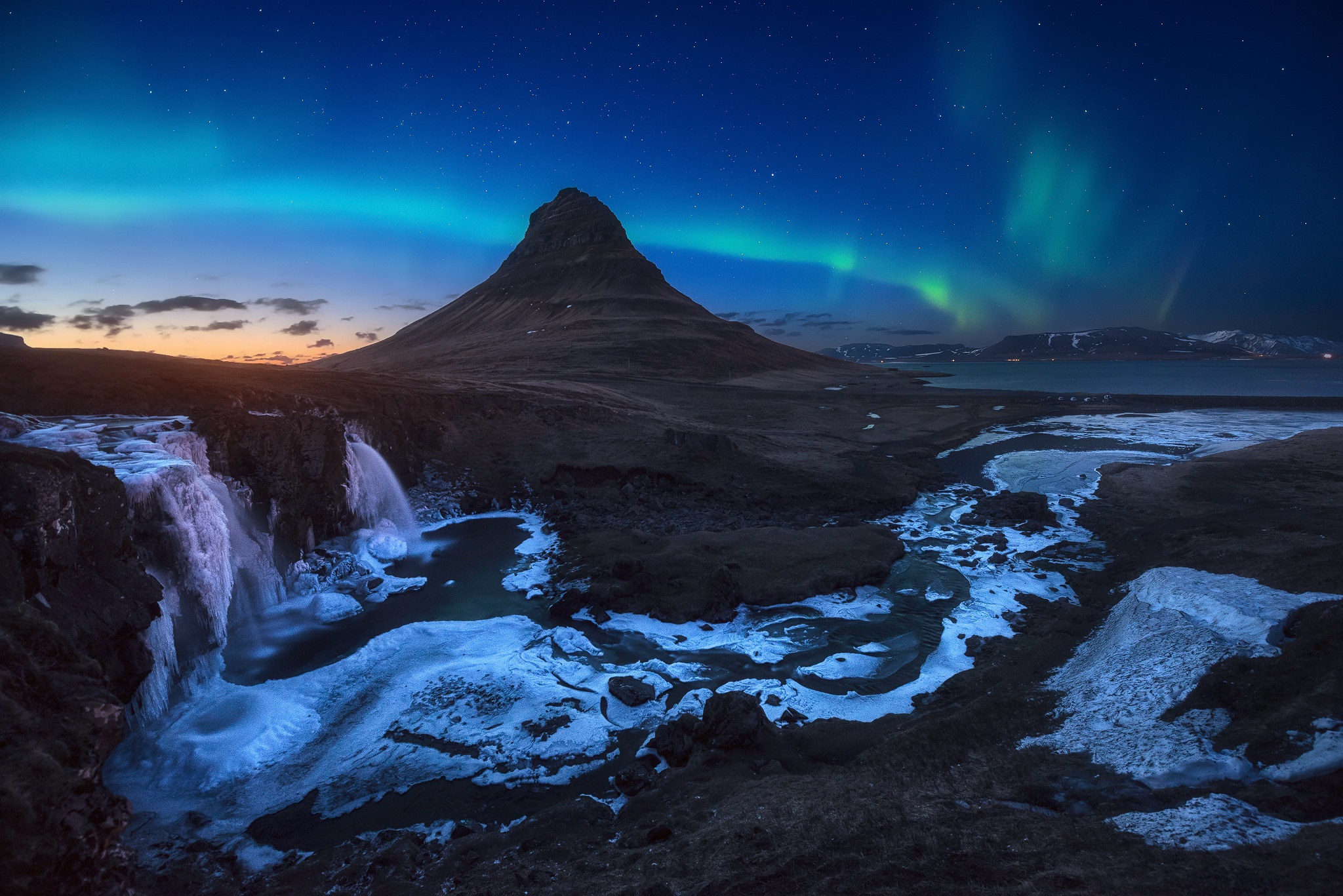
Iceland, known for its dramatic landscapes and natural wonders, offers some of the most breathtaking destinations in the world. From majestic waterfalls to vibrant cities, this Nordic island nation provides a unique blend of natural beauty and cultural experiences.
Most Beautiful Places to Visit in Iceland
1. Reykjavik
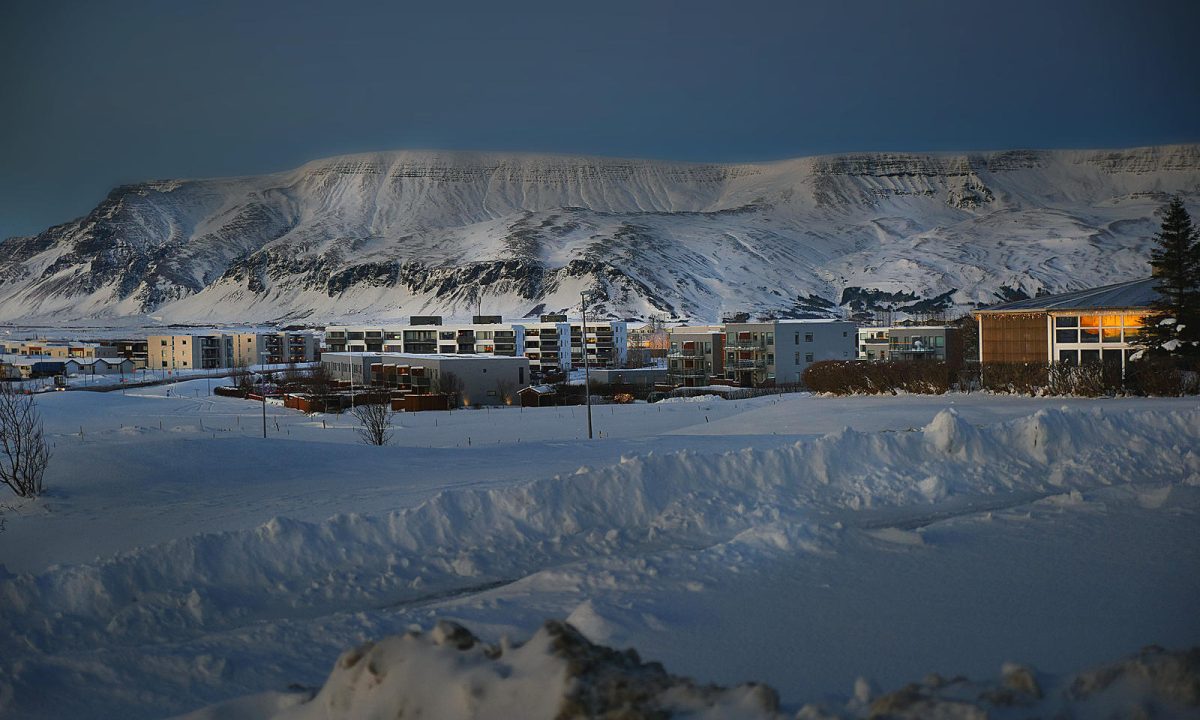
Reykjavik, the vibrant capital of Iceland, is known for its rich cultural heritage, modern architecture, and stunning natural surroundings. This dynamic city offers a perfect blend of urban charm and outdoor beauty, making it one of the top places to visit in Iceland. With its world-class museums, scenic waterfront, and bustling nightlife, Reykjavik is a must-visit destination for those seeking to experience Iceland’s culture and history.
- Modern Architecture: Reykjavik is home to iconic buildings like the Harpa Concert Hall and Hallgrímskirkja Church.
- Rich Cultural Heritage: The city boasts numerous museums, galleries, and historic sites.
- Scenic Waterfront: The Old Harbor area is known for its vibrant atmosphere and waterfront views.
- Bustling Nightlife: Reykjavik offers a lively nightlife scene with numerous bars, clubs, and live music venues.
- Outdoor Activities: The city offers numerous opportunities for hiking, biking, and whale watching.
- Diverse Dining Scene: Reykjavik is known for its diverse culinary scene, with a wide range of restaurants and cafes.
- Visit Hallgrímskirkja Church: Admire the modern architecture and enjoy panoramic views of the city from the tower.
- Explore the Harpa Concert Hall: Discover the stunning design and attend a performance.
- Visit the National Museum of Iceland: Learn about Iceland’s history and cultural heritage.
- Stroll along the Old Harbor: Enjoy the waterfront views, shops, and restaurants.
- Hike in the Surrounding Areas: Explore the scenic trails and landscapes around Reykjavik.
- Visit the Reykjavik Art Museum: Discover contemporary and modern art from Icelandic and international artists.
- Attend a Festival: Reykjavik hosts various cultural events and festivals, including the Reykjavik Arts Festival and Iceland Airwaves Music Festival.
- How to Reach: Fly into Keflavik International Airport and take a bus or taxi to Reykjavik. The airport is about 45 minutes from the city center.
- Local Transportation: The city has an efficient public transportation system, including buses and taxis. Biking and walking are also popular ways to get around.
- Accommodation: Options range from luxury hotels like the Hotel Borg to budget hostels and guesthouses.
- Local Cuisine: Try local dishes like fresh seafood, traditional Icelandic lamb, and Reykjavik’s famous hot dogs. Visit local cafes and restaurants for a taste of Icelandic cuisine.
- Budget: Mid-range; around $150-200 per day.
- Best Time to Visit: Late spring to early autumn (May to September) for the best weather.
- Booking Process: Book accommodations and popular attractions in advance. Use platforms like Booking.com or Hotels.com.
- Additional Travel Tips: Wear comfortable walking shoes for exploring the city. Bring a raincoat as the weather can be unpredictable.
2. Golden Circle
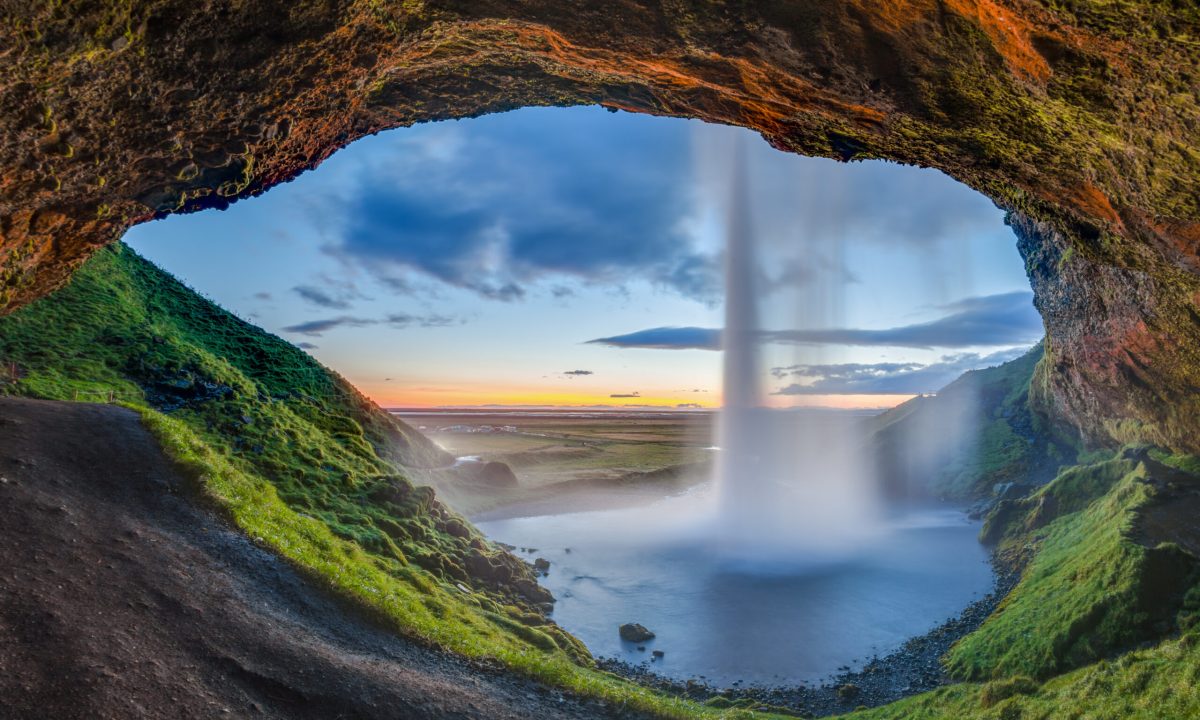
The Golden Circle, a popular tourist route in southern Iceland, is known for its stunning natural wonders and geothermal activity. This iconic route includes three major attractions: Thingvellir National Park, Geysir Geothermal Area, and Gullfoss Waterfall. The Golden Circle offers a perfect blend of natural beauty and historical significance, making it one of the most beautiful places to visit in Iceland. With its dramatic landscapes and unique geological features, the Golden Circle is a must-visit destination for those exploring Iceland.
- Thingvellir National Park: A UNESCO World Heritage Site known for its geological and historical significance.
- Geysir Geothermal Area: Home to the famous Strokkur geyser, which erupts every few minutes.
- Gullfoss Waterfall: A majestic two-tiered waterfall with stunning views.
- Geothermal Activity: The area is known for its hot springs, geysers, and geothermal pools.
- Rich History: Thingvellir is the site of Iceland’s ancient parliament, the Althing.
- Scenic Landscapes: The route offers breathtaking views of mountains, valleys, and rivers.
- Explore Thingvellir National Park: Walk between the tectonic plates and visit the historic Althing site.
- Watch Strokkur Erupt: Experience the power of nature as the geyser erupts every few minutes.
- Admire Gullfoss Waterfall: Take in the breathtaking views of the waterfall from the viewing platforms.
- Visit the Secret Lagoon: Relax in the natural hot springs of this geothermal pool.
- Take a Guided Tour: Learn about the geology and history of the Golden Circle with a guided tour.
- Photography: Capture the stunning landscapes and unique geological features of the Golden Circle.
- Hiking: Enjoy the numerous hiking trails in Thingvellir National Park.
- How to Reach: Drive or take a guided tour from Reykjavik. The Golden Circle is easily accessible by car.
- Local Transportation: Renting a car is the best way to explore the Golden Circle. Guided tours are also available.
- Accommodation: Options range from hotels and guesthouses in nearby towns to campsites and cabins.
- Local Cuisine: Enjoy local specialties like fresh seafood, traditional Icelandic lamb, and geothermal-baked bread.
- Budget: Mid-range; around $100-150 per day.
- Best Time to Visit: Late spring to early autumn (May to September) for the best weather.
- Booking Process: Book accommodations and guided tours in advance, especially during peak season.
- Additional Travel Tips: Bring a raincoat and sturdy walking shoes. The weather can be unpredictable, and the terrain can be challenging.
3. Jökulsárlón Glacier Lagoon
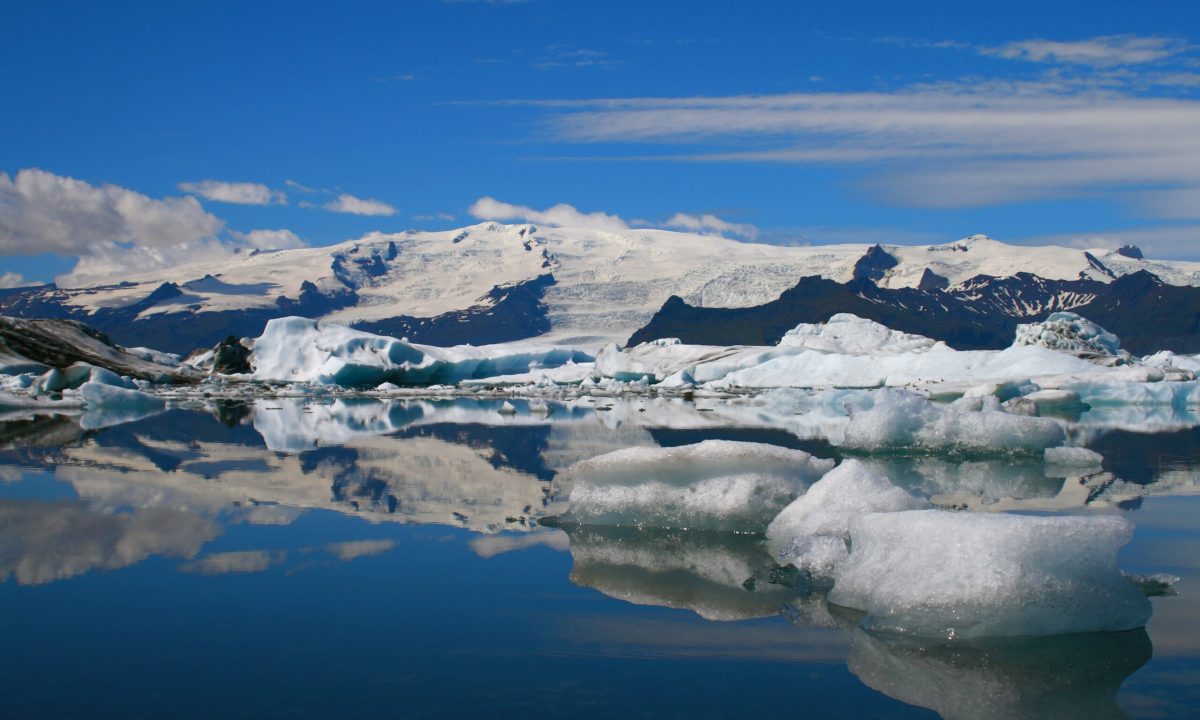
Jökulsárlón Glacier Lagoon, located in southeastern Iceland, is a stunning glacial lake known for its floating icebergs and crystal-clear waters. This breathtaking lagoon offers a unique and serene landscape, making it one of the most beautiful places to visit in Iceland. With its majestic ice formations, diverse wildlife, and dramatic backdrop of Vatnajökull Glacier, Jökulsárlón is a must-visit destination for those seeking to experience Iceland’s glacial beauty.
- Floating Icebergs: The lagoon is filled with icebergs that have broken off from the nearby glacier.
- Crystal-Clear Waters: The deep blue waters of Jökulsárlón are perfect for boating and photography.
- Diverse Wildlife: The area is home to seals, seabirds, and other wildlife.
- Vatnajökull Glacier: The lagoon is located at the edge of Vatnajökull, Europe’s largest glacier.
- Scenic Landscapes: The lagoon offers stunning views of ice formations, mountains, and the Atlantic Ocean.
- Glacial Beaches: Nearby Diamond Beach is known for its black sand and ice fragments.
- Boat Tours: Explore the lagoon by boat and get up close to the floating icebergs.
- Photography: Capture the stunning ice formations and crystal-clear waters of Jökulsárlón.
- Visit Diamond Beach: Wander along the black sand beach and admire the ice fragments.
- Wildlife Watching: Spot seals and seabirds in their natural habitat.
- Hiking: Enjoy the scenic trails around the lagoon and nearby Vatnajökull National Park.
- Ice Cave Tours: Join a guided tour to explore the ice caves of Vatnajökull Glacier.
- Northern Lights Viewing: Visit during the winter months for a chance to see the Aurora Borealis.
- How to Reach: Drive or take a bus from Reykjavik. The lagoon is about a 5-hour drive from the capital.
- Local Transportation: Renting a car is the best way to explore the area. Guided tours are also available.
- Accommodation: Options range from hotels and guesthouses in nearby towns to campsites and cabins.
- Local Cuisine: Try local dishes like fresh seafood, traditional Icelandic lamb, and skyr (Icelandic yogurt).
- Budget: Mid-range; around $150-200 per day.
- Best Time to Visit: Late spring to early autumn (May to September) for the best weather, winter (November to February) for Northern Lights.
- Booking Process: Book accommodations and guided tours in advance, especially during peak season.
- Additional Travel Tips: Dress warmly in layers; temperatures can be cold, especially near the glacier. Bring a good camera for capturing the stunning landscapes.
4. Blue Lagoon
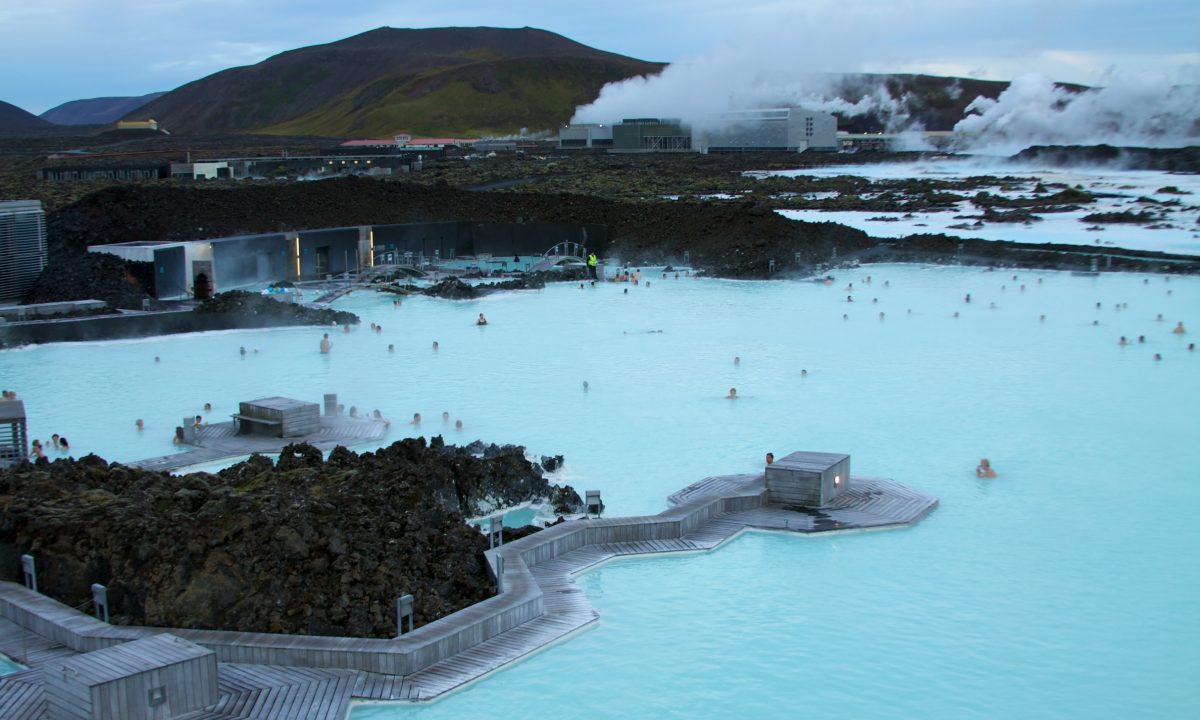
The Blue Lagoon, a world-famous geothermal spa located in southwestern Iceland, is known for its milky-blue waters and luxurious spa treatments. This iconic destination offers a unique and relaxing experience, making it one of the most beautiful places to visit in Iceland. With its soothing hot springs, stunning surroundings, and rejuvenating treatments, the Blue Lagoon is a must-visit destination for those seeking relaxation and wellness.
- Milky-Blue Waters: The lagoon’s unique color is due to the silica and minerals in the water.
- Geothermal Spa: The Blue Lagoon offers a range of spa treatments, including massages, facials, and silica mud masks.
- Luxurious Facilities: The spa features modern facilities, including saunas, steam rooms, and relaxation areas.
- Stunning Surroundings: The lagoon is set in a dramatic volcanic landscape, with black lava fields and moss-covered rocks.
- Rich Mineral Content: The water is rich in minerals like silica and sulfur, known for their healing properties.
- Relaxing Atmosphere: The Blue Lagoon offers a serene and tranquil environment for relaxation and rejuvenation.
- Soak in the Hot Springs: Enjoy the soothing and warm waters of the Blue Lagoon.
- Spa Treatments: Indulge in a range of spa treatments, including massages, facials, and silica mud masks.
- Relax in the Saunas and Steam Rooms: Experience the relaxing heat and steam of the spa’s saunas and steam rooms.
- Dine at the Lava Restaurant: Enjoy a delicious meal with stunning views of the lagoon.
- Explore the Surroundings: Take a walk around the volcanic landscape and admire the unique scenery.
- Photography: Capture the stunning milky-blue waters and dramatic surroundings of the Blue Lagoon.
- Northern Lights Viewing: Visit during the winter months for a chance to see the Aurora Borealis.
- How to Reach: Drive or take a bus from Reykjavik or Keflavik International Airport. The Blue Lagoon is about a 45-minute drive from the capital.
- Local Transportation: Renting a car is the most convenient way to reach the Blue Lagoon. Shuttle buses are also available.
- Accommodation: Options range from luxury hotels like The Retreat at Blue Lagoon to guesthouses and hostels in nearby towns.
- Local Cuisine: Enjoy a meal at the on-site Lava Restaurant or try local dishes at nearby restaurants.
- Budget: High-range; around $200-300 per day.
- Best Time to Visit: Year-round, but late spring to early autumn (May to September) for the best weather.
- Booking Process: Book entry tickets and spa treatments in advance, as the Blue Lagoon is a popular destination.
- Additional Travel Tips: Bring a swimsuit and flip-flops. Towels and robes are usually provided. Be prepared for changing weather conditions.
5. Vatnajökull National Park
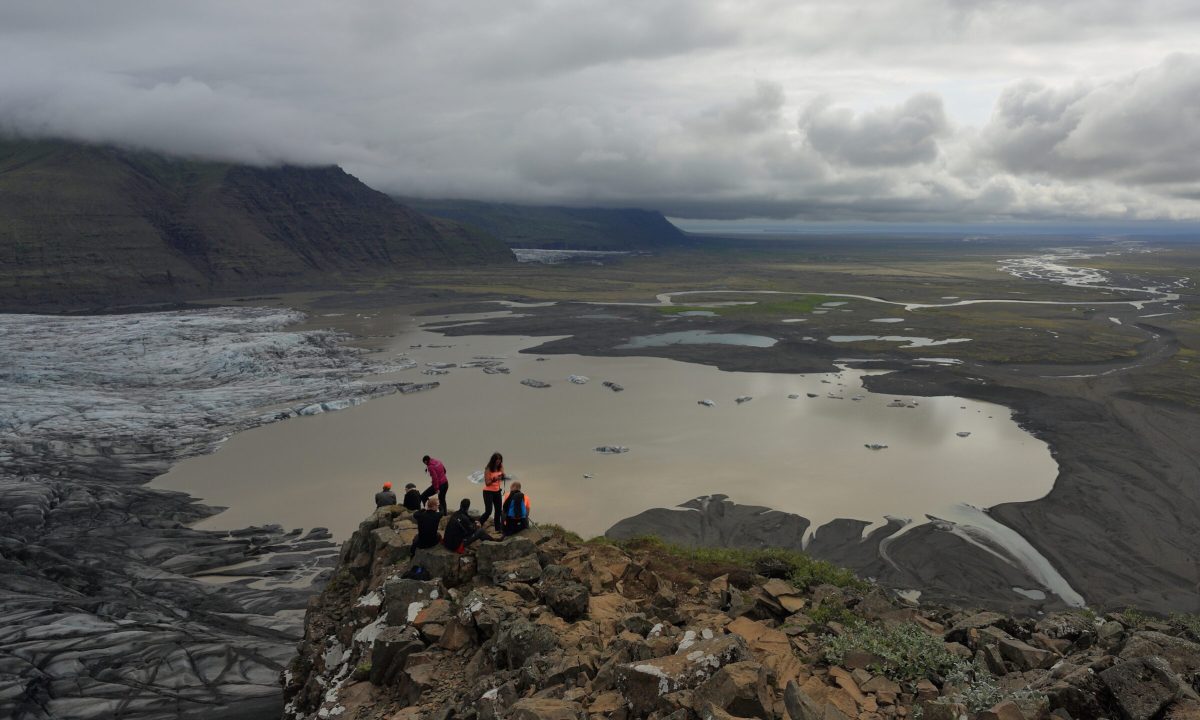
Vatnajökull National Park, home to Europe’s largest glacier, is a stunning natural wonder known for its dramatic landscapes, glacial rivers, and diverse wildlife. This vast national park offers a unique and awe-inspiring experience, making it one of the most beautiful places to visit in Iceland. With its towering ice caps, volcanic craters, and serene lagoons, Vatnajökull National Park is a must-visit destination for those seeking to explore Iceland’s glacial beauty.
- Europe’s Largest Glacier: Vatnajökull Glacier covers about 8% of Iceland’s land area.
- Glacial Rivers: The park features numerous glacial rivers, including the powerful Jökulsá á Fjöllum.
- Diverse Wildlife: The area is home to reindeer, Arctic foxes, and various bird species.
- Volcanic Craters: The park includes volcanic features like the Askja caldera and the Krafla volcano.
- Scenic Landscapes: Vatnajökull National Park offers stunning views of ice caps, mountains, and valleys.
- Serene Lagoons: The park is home to beautiful glacial lagoons like Jökulsárlón and Fjallsárlón.
- Glacier Hiking: Join a guided tour to hike on the Vatnajökull Glacier and explore its ice caves.
- Visit Jökulsárlón Glacier Lagoon: Admire the floating icebergs and crystal-clear waters of this stunning lagoon.
- Explore Skaftafell: Discover the scenic trails and waterfalls in the Skaftafell area of the park.
- Photography: Capture the breathtaking landscapes and diverse wildlife of Vatnajökull National Park.
- Wildlife Watching: Spot reindeer, Arctic foxes, and various bird species in their natural habitat.
- Visit the Askja Caldera: Explore the volcanic landscapes and the stunning Víti crater lake.
- Fjord Cruise: Take a boat tour to explore the glacial lagoons and fjords of the park.
- How to Reach: Drive or take a bus from Reykjavik. The park is about a 4-5 hour drive from the capital.
- Local Transportation: Renting a car is the best way to explore the park. Guided tours are also available.
- Accommodation: Options range from hotels and guesthouses in nearby towns to campsites and cabins within the park.
- Local Cuisine: Try local dishes like fresh seafood, traditional Icelandic lamb, and skyr (Icelandic yogurt).
- Budget: Mid-range; around $150-200 per day.
- Best Time to Visit: Late spring to early autumn (May to September) for the best weather, winter (November to February) for Northern Lights.
- Booking Process: Book accommodations and guided tours in advance, especially during peak season.
- Additional Travel Tips: Dress warmly in layers; temperatures can be cold, especially near the glacier. Bring a good camera for capturing the stunning landscapes.
6. Skógafoss
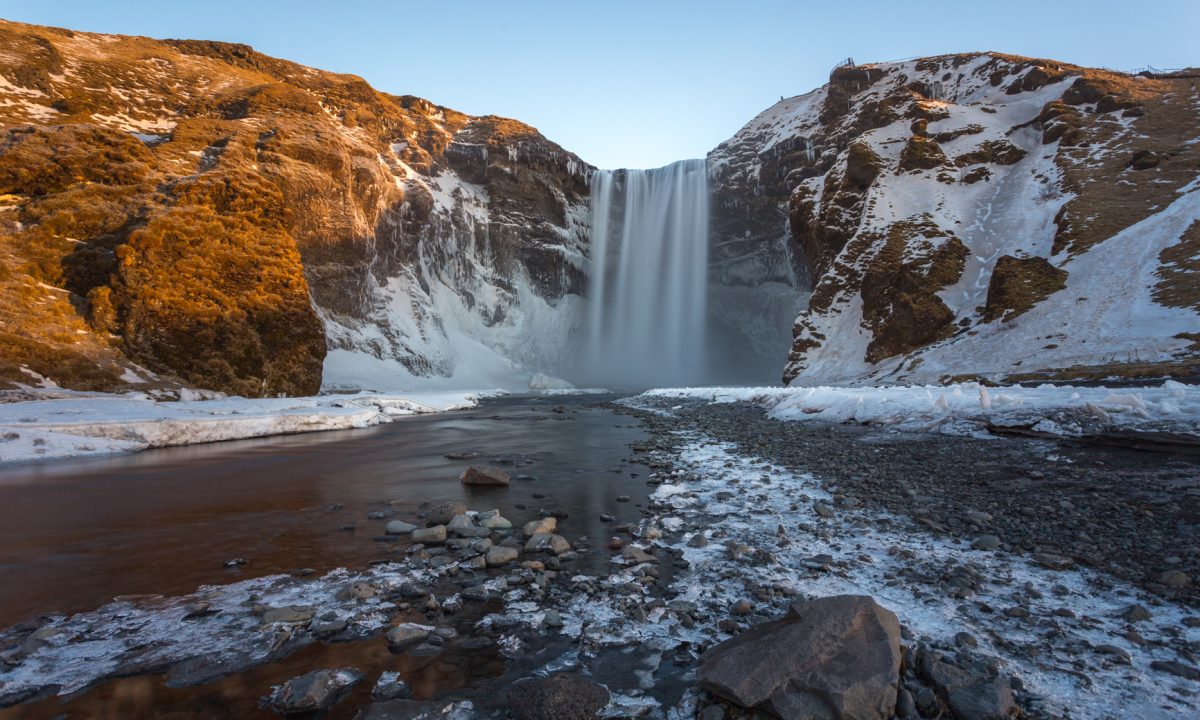
Skógafoss, one of Iceland’s most iconic waterfalls, is known for its powerful cascade and stunning surroundings. This majestic waterfall offers a perfect blend of natural beauty and outdoor adventure, making it one of the most beautiful places to visit in Iceland. With its dramatic drop, vibrant rainbows, and scenic hiking trails, Skógafoss is a must-visit destination for those exploring Iceland’s southern coast.
- Powerful Cascade: Skógafoss is one of the largest waterfalls in Iceland, with a drop of 60 meters (197 feet).
- Vibrant Rainbows: The waterfall often creates beautiful rainbows in the mist.
- Scenic Hiking Trails: The area offers numerous hiking opportunities, including the Fimmvörðuháls trail.
- Rich Flora and Fauna: The surrounding area is home to diverse plant and animal life.
- Stunning Landscapes: Skógafoss is set against a backdrop of lush green cliffs and rolling hills.
- Historic Significance: The waterfall is associated with local legends and folklore.
- Admire the Waterfall: Take in the breathtaking views of Skógafoss from the viewing platforms.
- Hiking: Explore the scenic trails around the waterfall, including the Fimmvörðuháls trail to Þórsmörk.
- Photography: Capture the stunning waterfall and vibrant rainbows.
- Visit the Skógar Museum: Learn about the history and culture of the region at this local museum.
- Picnicking: Enjoy a picnic in the scenic surroundings of Skógafoss.
- Wildlife Watching: Spot birds and other wildlife in their natural habitat.
- Fishing: Try your hand at fishing in the nearby Skógá River.
- How to Reach: Drive or take a bus from Reykjavik. Skógafoss is about a 2-hour drive from the capital.
- Local Transportation: Renting a car is the best way to reach Skógafoss. Guided tours are also available.
- Accommodation: Options range from hotels and guesthouses in nearby towns to campsites and cabins.
- Local Cuisine: Try local dishes like fresh seafood, traditional Icelandic lamb, and skyr (Icelandic yogurt).
- Budget: Mid-range; around $100-150 per day.
- Best Time to Visit: Late spring to early autumn (May to September) for the best weather.
- Booking Process: Book accommodations and guided tours in advance, especially during peak season.
- Additional Travel Tips: Wear sturdy hiking boots for exploring the trails. Bring a raincoat as the weather can be unpredictable.
7. Snæfellsnes Peninsula
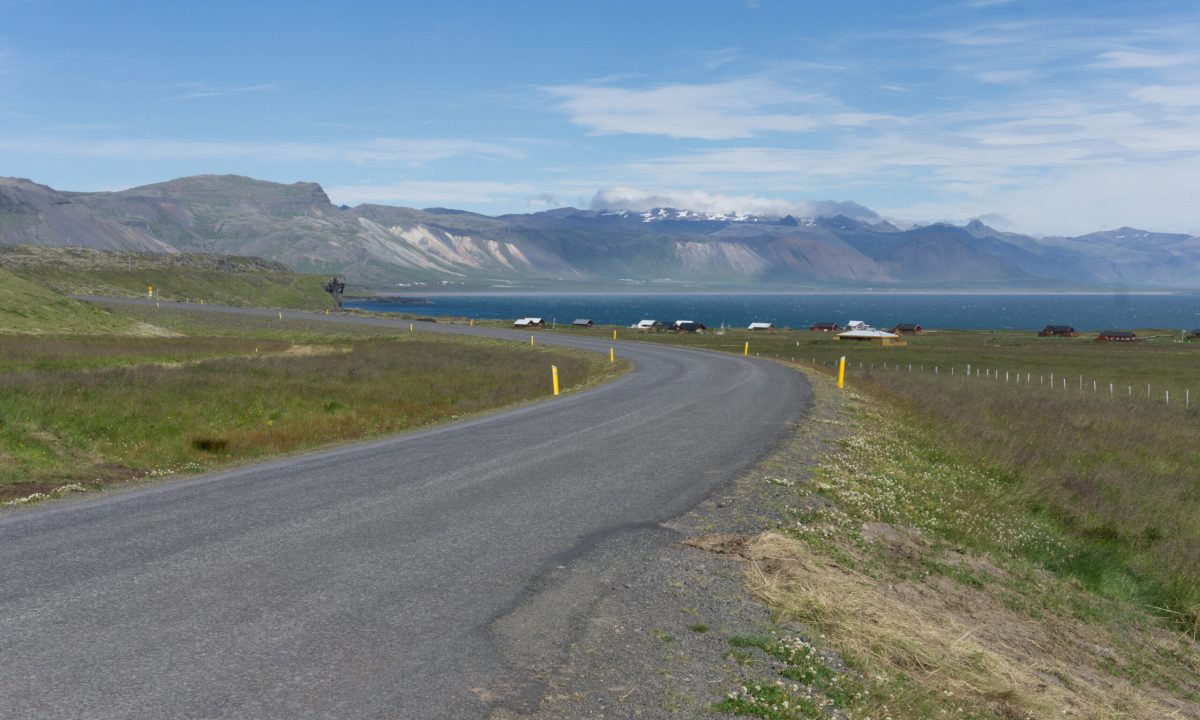
The Snæfellsnes Peninsula, often referred to as “Iceland in Miniature,” is known for its diverse landscapes, stunning coastal views, and rich cultural heritage. This picturesque peninsula offers a perfect blend of natural beauty and outdoor adventure, making it one of the most beautiful places to visit in Iceland. With its dramatic cliffs, volcanic craters, and charming fishing villages, the Snæfellsnes Peninsula is a must-visit destination for those exploring Iceland’s western coast.
- Diverse Landscapes: The peninsula features a variety of landscapes, including volcanic craters, lava fields, and sandy beaches.
- Stunning Coastal Views: The rugged coastline offers breathtaking views of the Atlantic Ocean.
- Charming Fishing Villages: Picturesque villages like Arnarstapi, Hellnar, and Stykkishólmur are nestled along the coast.
- Snæfellsjökull Glacier: The peninsula is home to the iconic Snæfellsjökull Glacier, made famous by Jules Verne’s “Journey to the Center of the Earth.”
- Rich Cultural Heritage: The area is known for its traditional Icelandic culture and history.
- Scenic Hiking Trails: The peninsula offers numerous hiking opportunities, with trails like the Hellnar-Arnarstapi and the Snæfellsjökull summit hike.
- Explore the Fishing Villages: Discover the charm and history of Arnarstapi, Hellnar, and Stykkishólmur.
- Hike to Snæfellsjökull Glacier: Join a guided tour to hike to the summit of the glacier.
- Visit Kirkjufell Mountain: Admire the iconic mountain and nearby Kirkjufellsfoss waterfall.
- Explore the Lava Fields: Wander through the Berserkjahraun and Budahraun lava fields.
- Visit the Vatnshellir Cave: Take a guided tour to explore this ancient lava tube.
- Photography: Capture the stunning landscapes, dramatic cliffs, and charming villages.
- Bird Watching: Spot puffins and other seabirds along the cliffs and coastal areas.
- How to Reach: Drive or take a bus from Reykjavik. The peninsula is about a 2-hour drive from the capital.
- Local Transportation: Renting a car is the best way to explore the peninsula. Guided tours are also available.
- Accommodation: Options range from hotels and guesthouses in towns like Stykkishólmur to cozy cabins and campsites.
- Local Cuisine: Try local dishes like fresh seafood, traditional Icelandic lamb, and skyr (Icelandic yogurt).
- Budget: Mid-range; around $150-200 per day.
- Best Time to Visit: Late spring to early autumn (May to September) for the best weather.
- Booking Process: Book accommodations and guided tours in advance, especially during peak season.
- Additional Travel Tips: Bring a raincoat and sturdy walking shoes. The weather can be unpredictable, and the terrain can be challenging.
8. Landmannalaugar
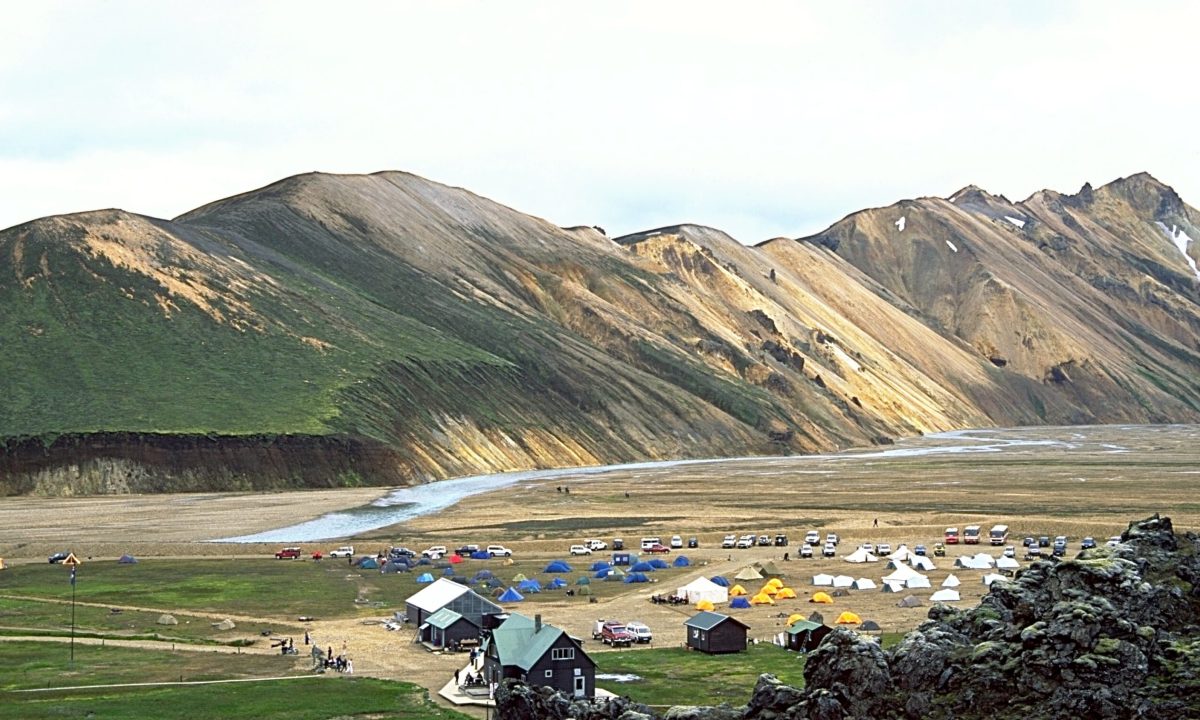
Landmannalaugar, located in the highlands of Iceland, is known for its colorful rhyolite mountains, geothermal hot springs, and stunning hiking trails. This unique and remote destination offers a perfect blend of natural beauty and outdoor adventure, making it one of the most beautiful places to visit in Iceland. With its vibrant landscapes, soothing hot springs, and challenging hikes, Landmannalaugar is a must-visit destination for those seeking to explore Iceland’s highlands.
- Colorful Rhyolite Mountains: The area is famous for its multicolored mountains, created by volcanic activity.
- Geothermal Hot Springs: Natural hot springs offer a relaxing soak after a day of hiking.
- Stunning Hiking Trails: Landmannalaugar is the starting point for the famous Laugavegur Trail.
- Remote Wilderness: The highlands offer a sense of isolation and untouched beauty.
- Scenic Landscapes: The area features lava fields, volcanic craters, and lush valleys.
- Diverse Flora and Fauna: The highlands are home to unique plant and animal life.
- Hike the Laugavegur Trail: Embark on a multi-day trek from Landmannalaugar to Thórsmörk.
- Soak in the Hot Springs: Relax in the natural geothermal pools surrounded by stunning landscapes.
- Explore the Lava Fields: Wander through the Laugahraun lava field and admire the unique formations.
- Visit the Brennisteinsalda Volcano: Hike to the top of this colorful volcano for panoramic views.
- Photography: Capture the vibrant landscapes and dramatic scenery of Landmannalaugar.
- Horseback Riding: Experience the highlands on horseback with a guided tour.
- Camping: Spend the night under the stars at one of the designated campsites.
- How to Reach: Drive or take a highland bus from Reykjavik. The area is accessible by 4×4 vehicles only.
- Local Transportation: Renting a 4×4 vehicle is the best way to explore the highlands. Highland buses are also available.
- Accommodation: Options include mountain huts, campsites, and guesthouses in nearby areas.
- Local Cuisine: Bring your own food and supplies, as there are limited dining options in the highlands.
- Budget: Mid-range; around $100-150 per day.
- Best Time to Visit: Summer (June to August) for the best weather and accessibility.
- Booking Process: Book mountain huts and guided tours in advance, especially during peak season.
- Additional Travel Tips: Pack appropriate gear for hiking and camping, including warm clothing, sturdy boots, and a good map.
9. Westfjords
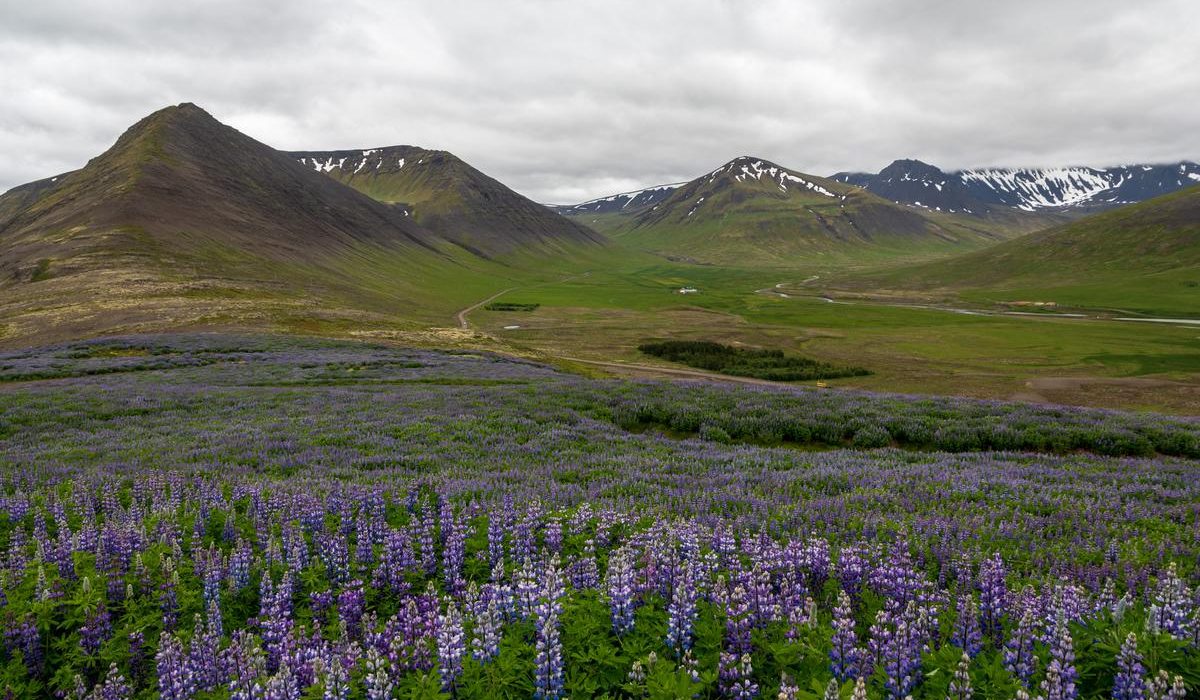
The Westfjords, a remote and rugged region in northwestern Iceland, is known for its dramatic landscapes, stunning fjords, and abundant wildlife. This untouched wilderness offers a perfect blend of natural beauty and outdoor adventure, making it one of the most beautiful places to visit in Iceland. With its towering cliffs, serene fjords, and charming fishing villages, the Westfjords is a must-visit destination for those seeking to explore Iceland’s wild and remote beauty.
- Dramatic Cliffs: The region is characterized by its steep cliffs and rugged coastline.
- Stunning Fjords: The Westfjords are home to numerous fjords, including Ísafjarðardjúp and Arnarfjörður.
- Abundant Wildlife: The area is known for its diverse wildlife, including puffins, seals, and Arctic foxes.
- Charming Fishing Villages: Picturesque villages like Ísafjörður, Bolungarvík, and Patreksfjörður offer a glimpse into traditional Icelandic life.
- Scenic Hiking Trails: The region offers numerous hiking opportunities, with trails like Hornstrandir and Dynjandi.
- Rich Cultural Heritage: The Westfjords have a rich history, with traditional music, crafts, and folklore.
- Visit Dynjandi Waterfall: Admire the majestic waterfall and hike to the viewing platforms.
- Explore Hornstrandir Nature Reserve: Discover the untouched wilderness and diverse wildlife of this remote reserve.
- Bird Watching at Látrabjarg Cliffs: Spot puffins and other seabirds along the towering cliffs.
- Hiking: Popular trails include the Hornstrandir trek and the hike to Rauðasandur Beach.
- Photography: Capture the stunning landscapes, dramatic cliffs, and charming villages.
- Visit the Fishing Villages: Discover the charm and history of Ísafjörður, Bolungarvík, and Patreksfjörður.
- Kayaking: Paddle through the serene fjords and explore the coastline.
- How to Reach: Drive or take a flight from Reykjavik to Ísafjörður. The region is about a 6-hour drive from the capital.
- Local Transportation: Renting a car is the best way to explore the Westfjords. Ferries and buses are also available.
- Accommodation: Options range from hotels and guesthouses in towns like Ísafjörður to cozy cabins and campsites.
- Local Cuisine: Try local dishes like fresh seafood, traditional Icelandic lamb, and skyr (Icelandic yogurt).
- Budget: Mid-range; around $150-200 per day.
- Best Time to Visit: Late spring to early autumn (May to September) for the best weather.
- Booking Process: Book accommodations and guided tours in advance, especially during peak season.
- Additional Travel Tips: Bring a raincoat and sturdy walking shoes. The weather can be unpredictable, and the terrain can be challenging.
10. Húsavík
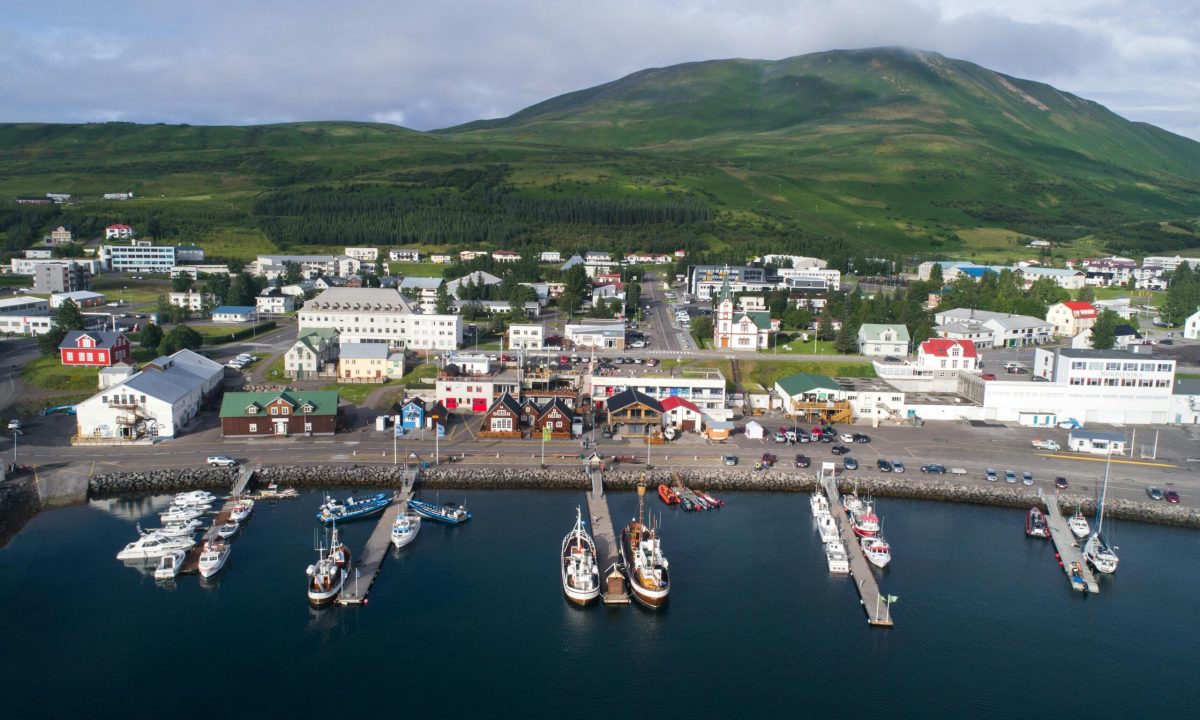
Húsavík, a charming town located on the northern coast of Iceland, is known as the whale-watching capital of Europe. This picturesque town offers a perfect blend of natural beauty and marine adventures, making it one of the most beautiful places to visit in Iceland. With its stunning coastal views, rich marine life, and vibrant cultural scene, Húsavík is a must-visit destination for those seeking to experience Iceland’s northern charm.
- Whale Watching: Húsavík is renowned for its whale-watching tours, offering the chance to see humpback whales, minke whales, and dolphins.
- Stunning Coastal Views: The town offers breathtaking views of Skjálfandi Bay and the surrounding mountains.
- Charming Harbor: The picturesque harbor is lined with colorful buildings and fishing boats.
- Rich Marine Life: The waters around Húsavík are home to diverse marine life, including whales, dolphins, and seabirds.
- Vibrant Cultural Scene: The town hosts various cultural events and festivals, including the Húsavík Whale Festival.
- Scenic Landscapes: Húsavík is surrounded by beautiful landscapes, including lush valleys and volcanic craters.
- Whale Watching Tours: Join a guided tour to see whales, dolphins, and seabirds in their natural habitat.
- Visit the Húsavík Whale Museum: Learn about the marine life and whaling history of the region.
- Explore the Harbor: Wander through the charming harbor and admire the colorful buildings and boats.
- Visit the Geosea Geothermal Baths: Relax in the warm geothermal waters with stunning views of the bay.
- Hiking: Enjoy the scenic trails around Húsavík, including the hike to Húsavíkurfjall mountain.
- Photography: Capture the stunning coastal views and vibrant harbor.
- Attend a Festival: Experience local culture at events like the Húsavík Whale Festival and the Mærudagar festival.
- How to Reach: Fly into Akureyri Airport and drive or take a bus to Húsavík. The town is about a 1-hour drive from Akureyri.
- Local Transportation: Renting a car is the best way to explore Húsavík and the surrounding areas. Buses are also available.
- Accommodation: Options range from hotels and guesthouses in Húsavík to cozy cabins and campsites.
- Local Cuisine: Try local dishes like fresh seafood, traditional Icelandic lamb, and skyr (Icelandic yogurt).
- Budget: Mid-range; around $150-200 per day.
- Best Time to Visit: Summer (June to August) for the best weather and whale watching.
- Booking Process: Book accommodations and whale-watching tours in advance, especially during peak season.
- Additional Travel Tips: Bring warm clothing and a good camera for whale watching. The weather can be unpredictable, so be prepared for changing conditions.
